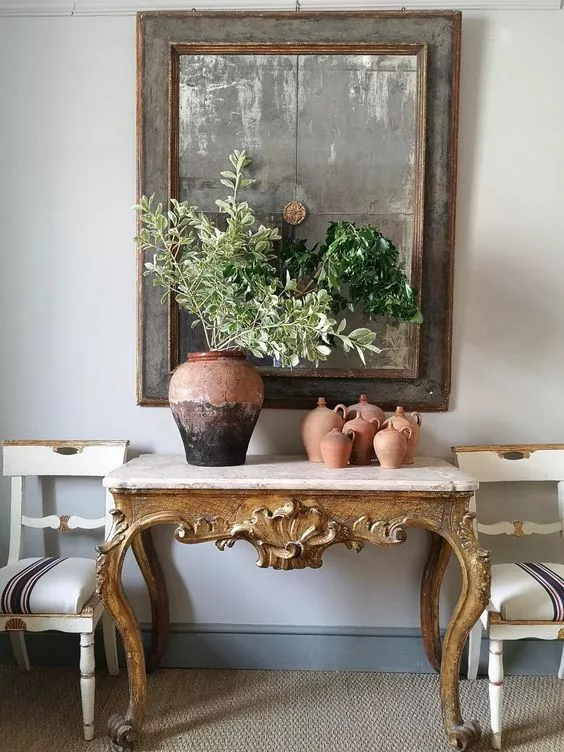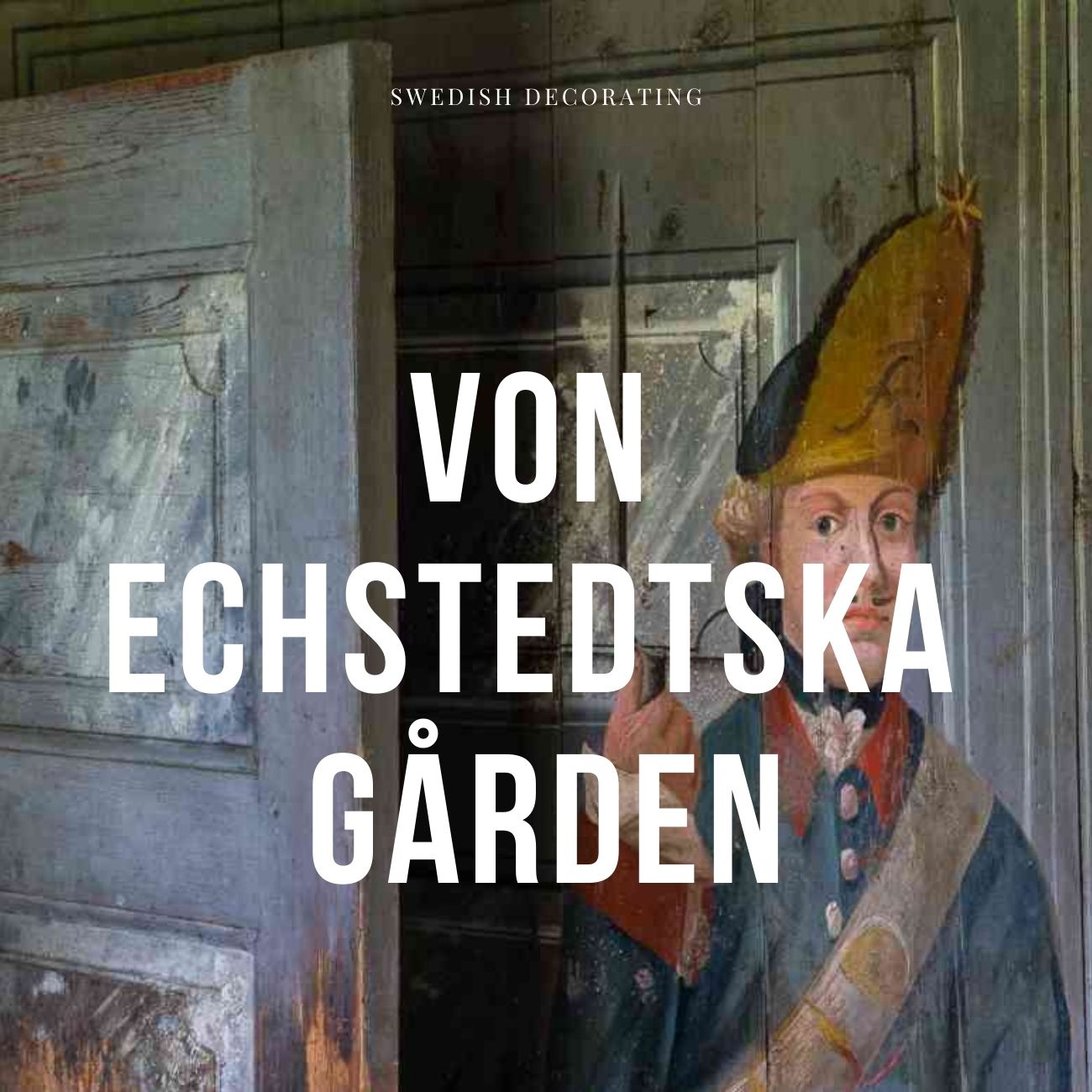
The Beautiful Wall Paintings Of von Echstedtska gården In Sweden
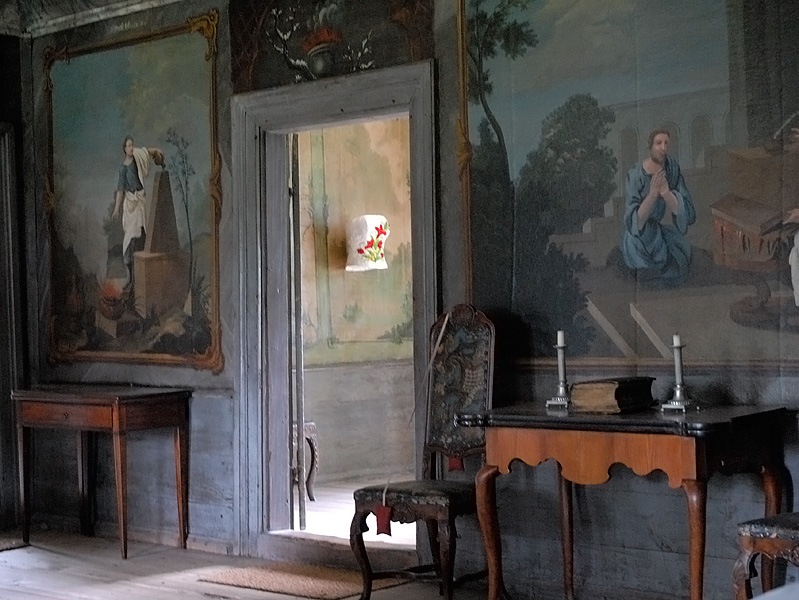
See more pictures of these wall paintings on Miras Mirakel’s blog.
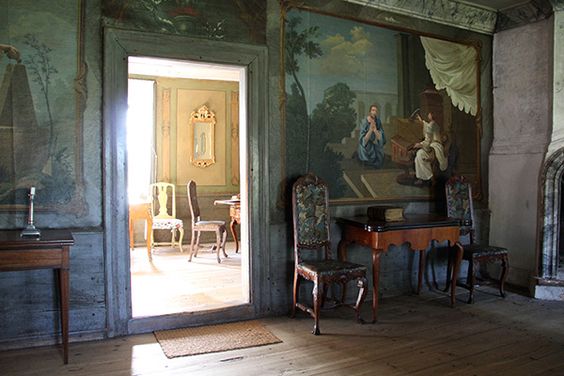
Picture Credit – naturbilder.biz
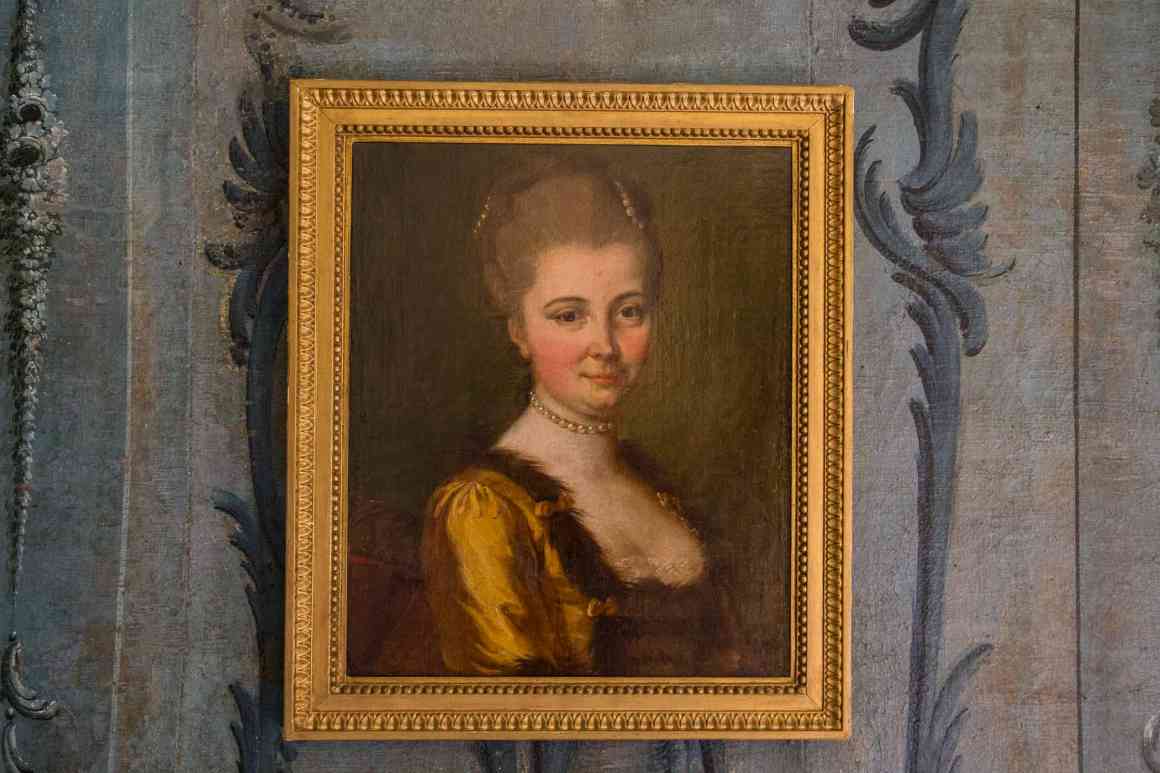 von Echstedtska gården – Picture Credit – trippa.se
von Echstedtska gården – Picture Credit – trippa.se
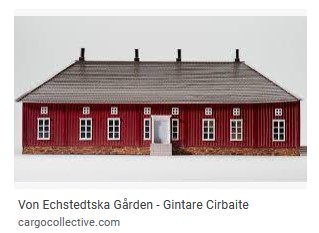 I stumbled across a post from Miras Mirakel’s blog about an enchanting farm called “von Echstedtska gården” located in Saffle, Sweden. The pictures immediately caught my attention.
I stumbled across a post from Miras Mirakel’s blog about an enchanting farm called “von Echstedtska gården” located in Saffle, Sweden. The pictures immediately caught my attention.
What is really captivating about this mansion is the beautiful wall murals. You have to wonder whose talent that was through history. Was it one woman, or a few talented residents? I really don’t know. When you look at the pictures, pay attention to the faux marble panels and trim. My goodness, someone in time had some incredible talent!
Here is what Wikipedia tells us about this beautiful mansion:
The farm was built during the years 1762–1764 by the assessor Bengt von Echstedt . The outside has a Carolingian touch. On the inside, the rococo blooms in the murals, among other things. A gazebo and secret house flank on either side of the main building, below are double pairs of wing buildings. The secret house has unique ceiling paintings that depict the landlord with his first wife elegantly sitting on the exit with courting servants. At the farm there is an apple farm with old Värmland apple varieties .
The farm was threatened at the beginning of the 20th century to be moved to Skansen but avoided this by Värmlands Museum buying the farm in 1939. The buildings and interiors were thoroughly restored in the 1950s, 1992–93 and even later.
More Pictures To View :
Von Echstedtska Gården, Västra Smedbyn, 661 94 Säffle, Sweden
Textile exhibition at Echstedtska gården in Säffle – 5/29/2021 – tellerreport.com
Värmlands Museum has had the help of the art historian Lars Sjöberg, he has borrowed from his collections and is an expert on 18th century interiors.
– When you furnish a home, you dress it in textile, he explains.”
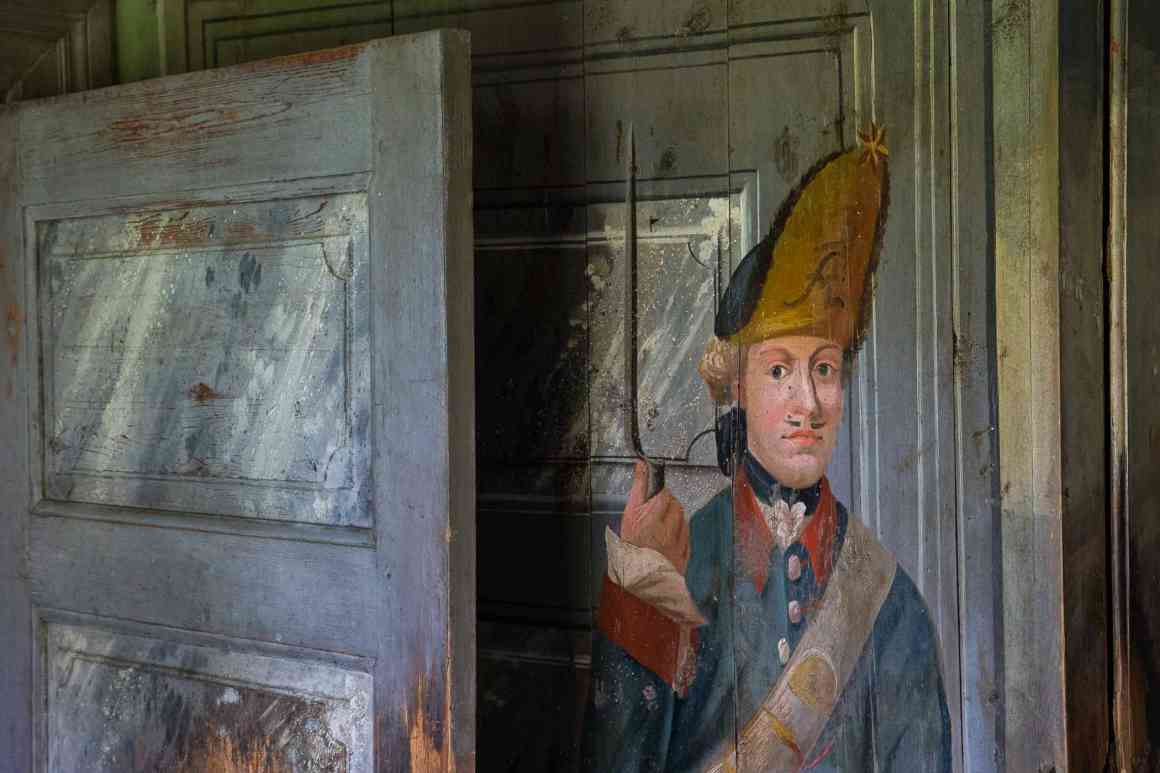
von Echstedtska gården – Picture Credit – trippa.se
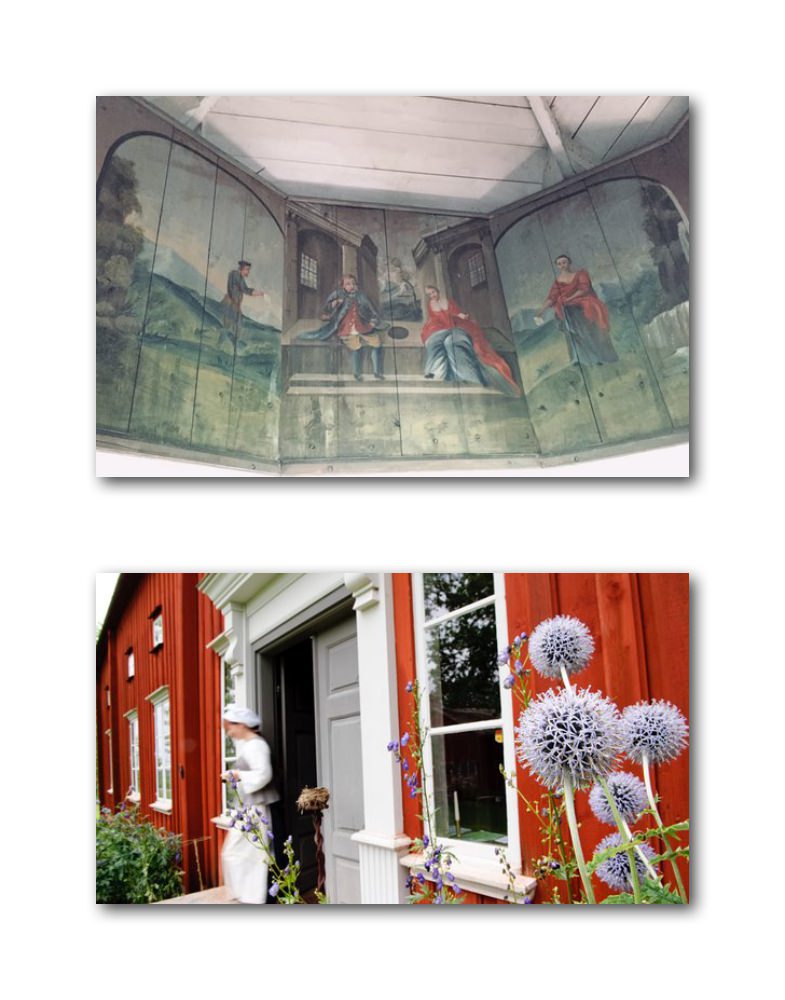 von Echstedtska gården – Picture Credit Trip Advisor
von Echstedtska gården – Picture Credit Trip Advisor
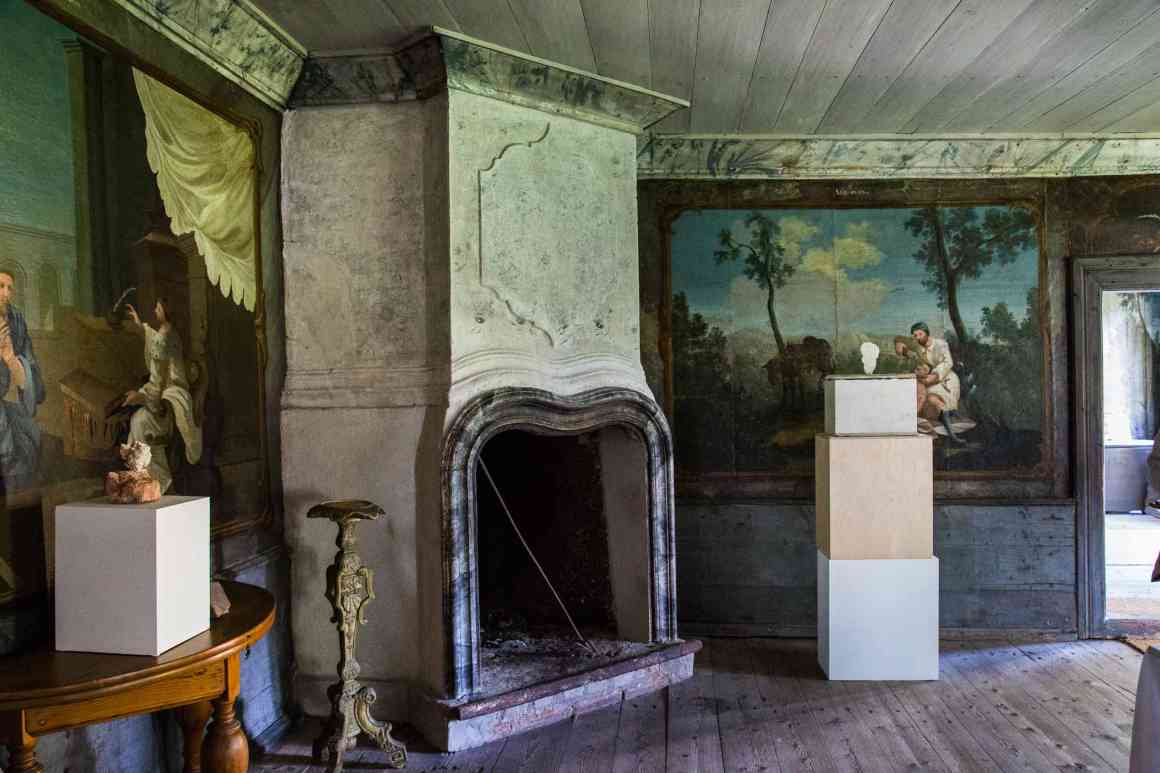
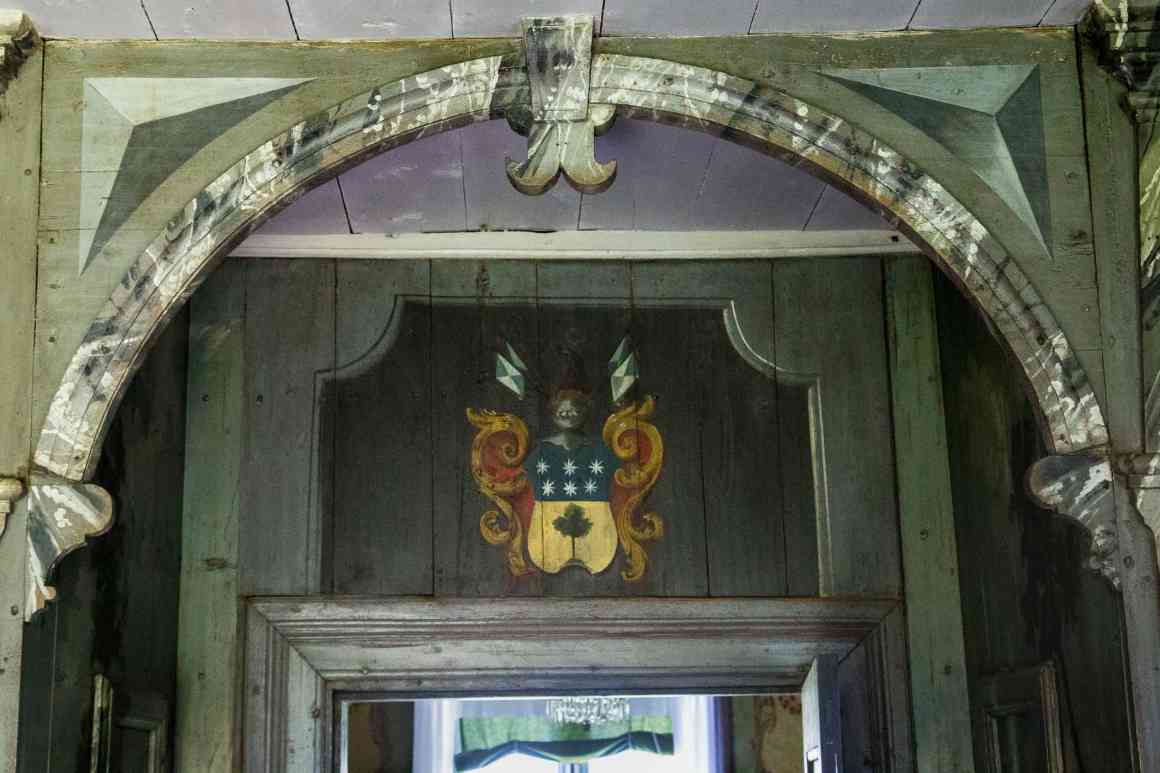
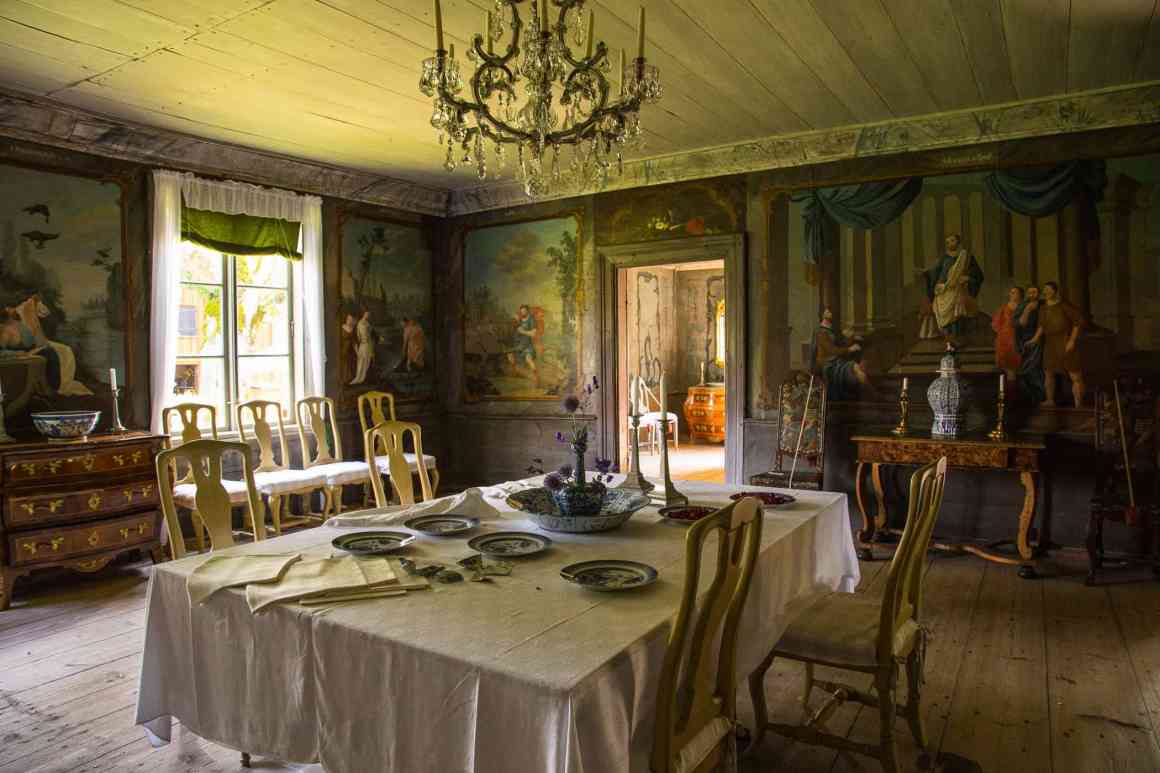
von Echstedtska gården – Picture Credit – trippa.se
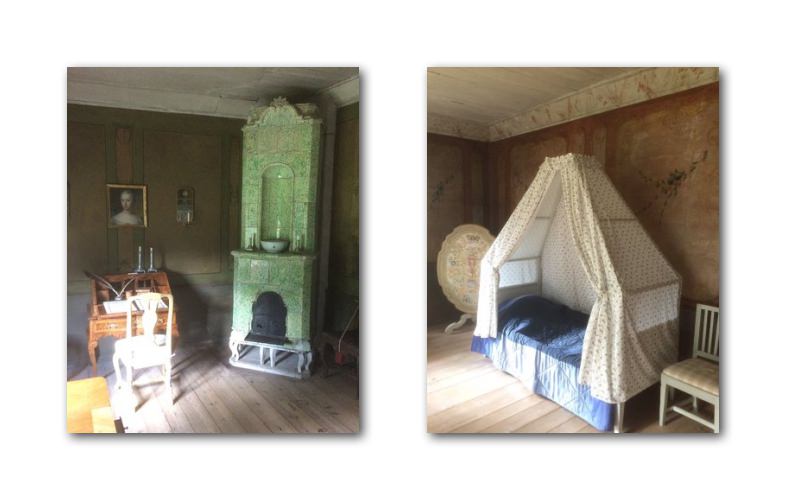 von Echstedtska gården – Picture Credit Trip Advisor
von Echstedtska gården – Picture Credit Trip Advisor
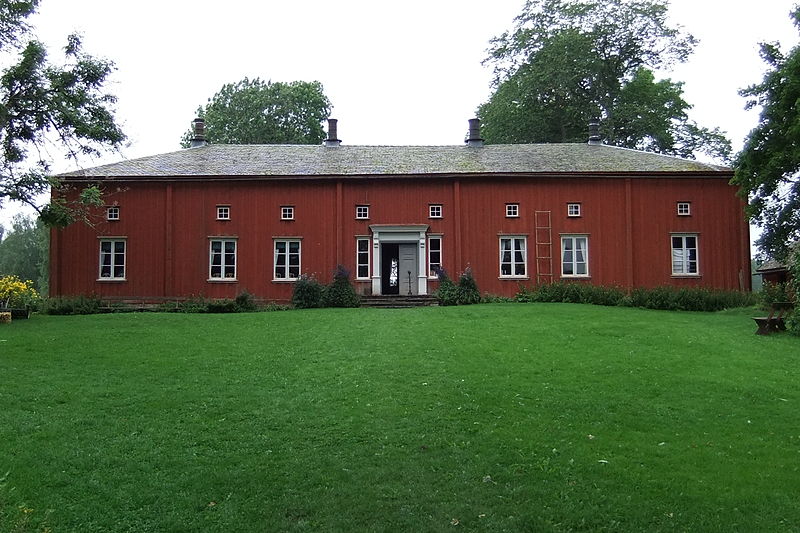 Picture seen on spokhistorier
Picture seen on spokhistorier

von Echstedtska gården – Picture Credit – trippa.se
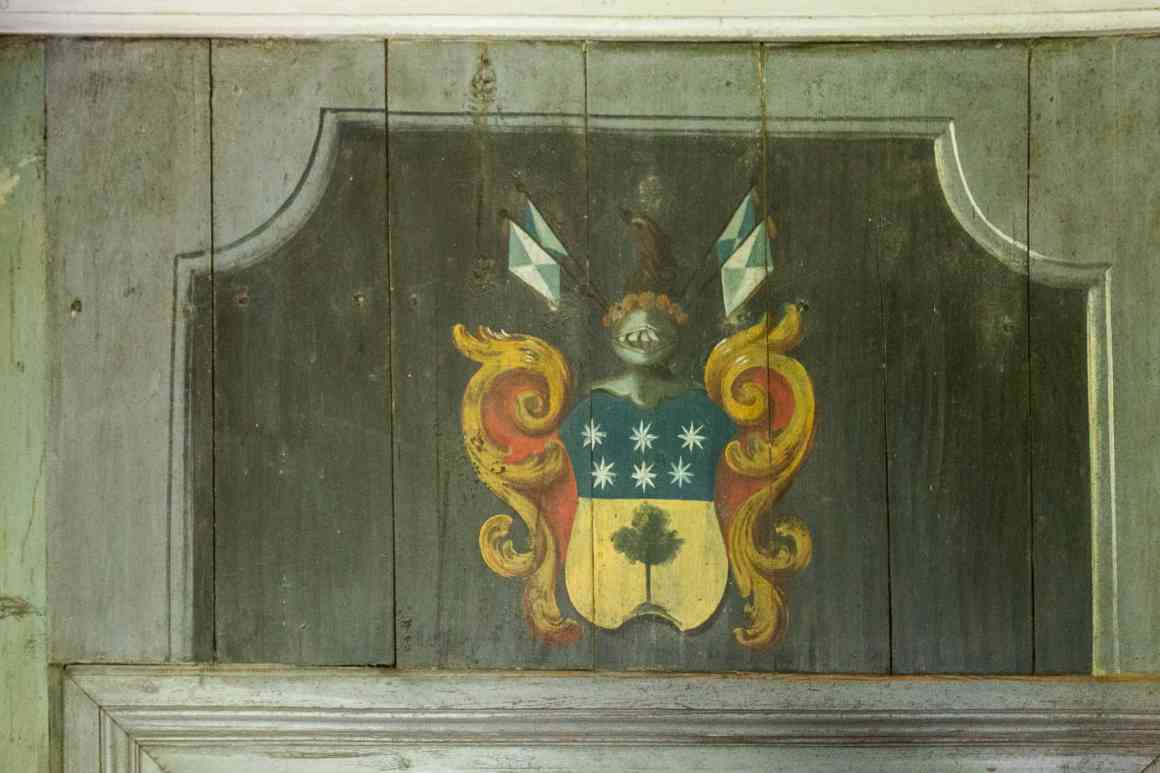
von Echstedtska gården – Picture Credit – trippa.se
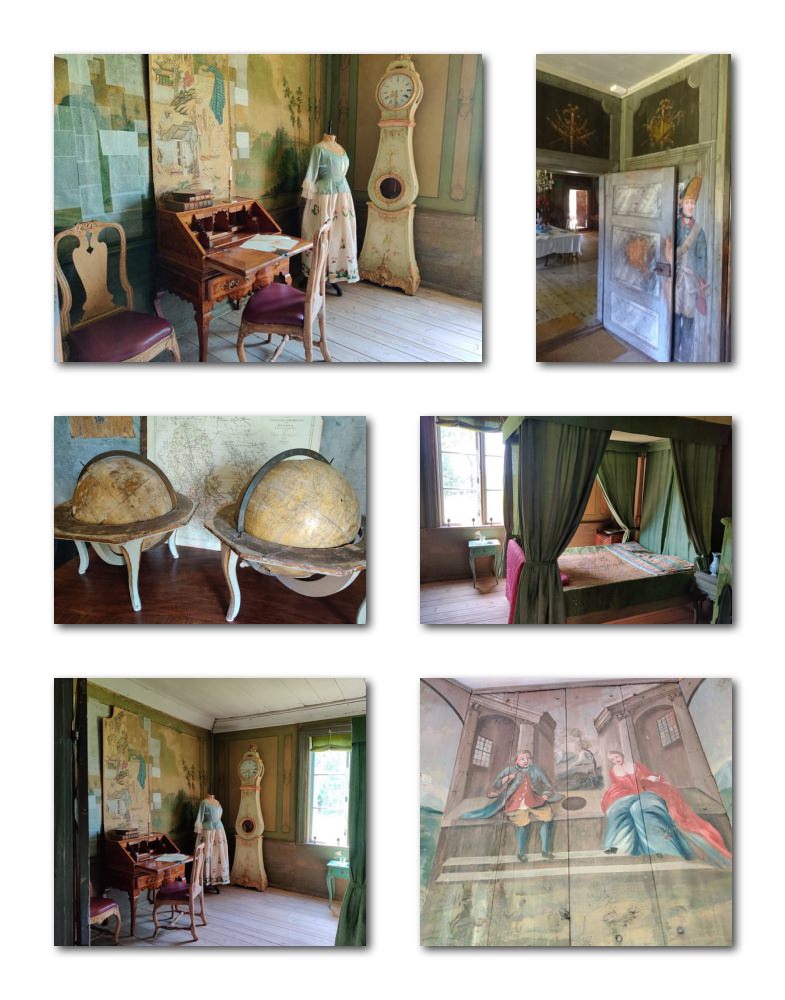 von Echstedtska gården – Picture Credit Trip Advisor
von Echstedtska gården – Picture Credit Trip Advisor
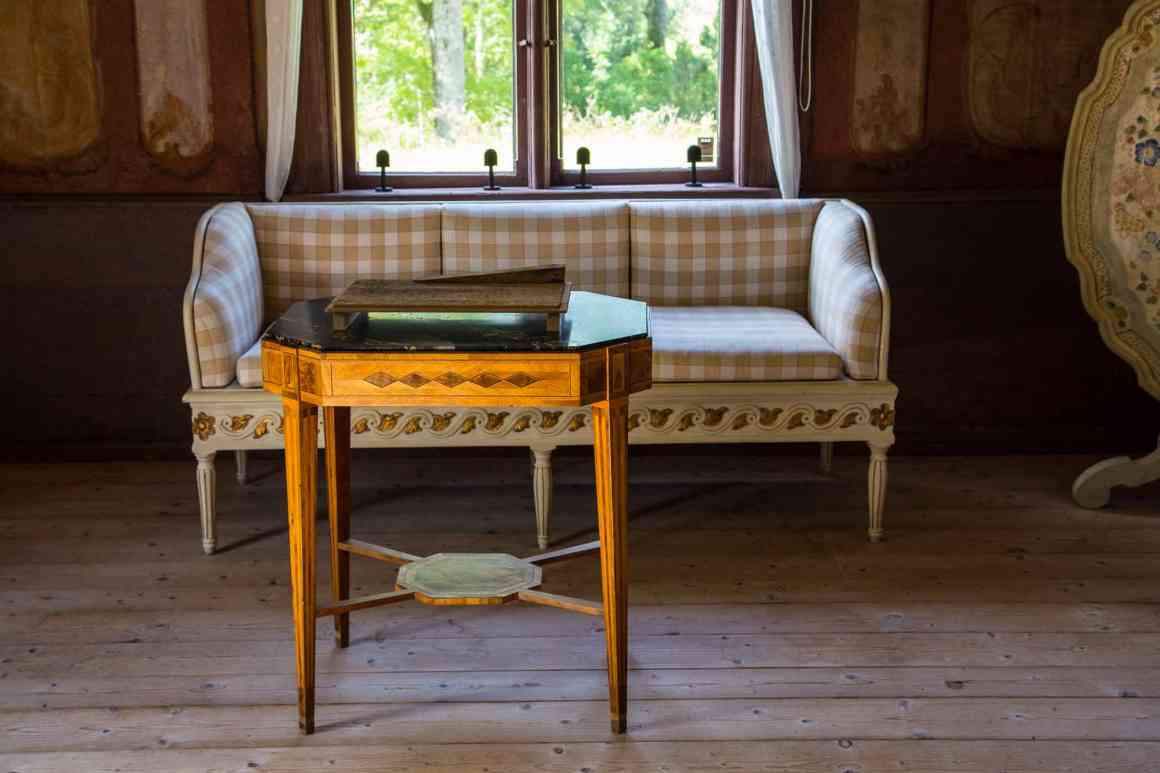
von Echstedtska gården – Picture Credit – trippa.se
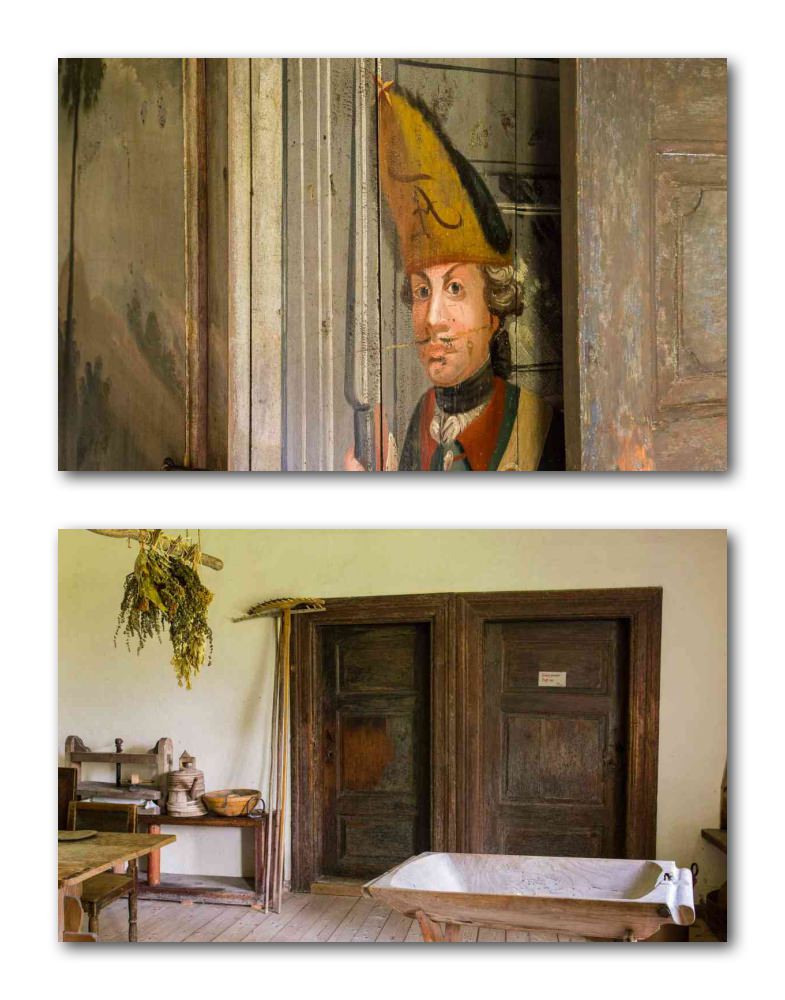 von Echstedtska gården – Picture Credit – trippa.se
von Echstedtska gården – Picture Credit – trippa.se
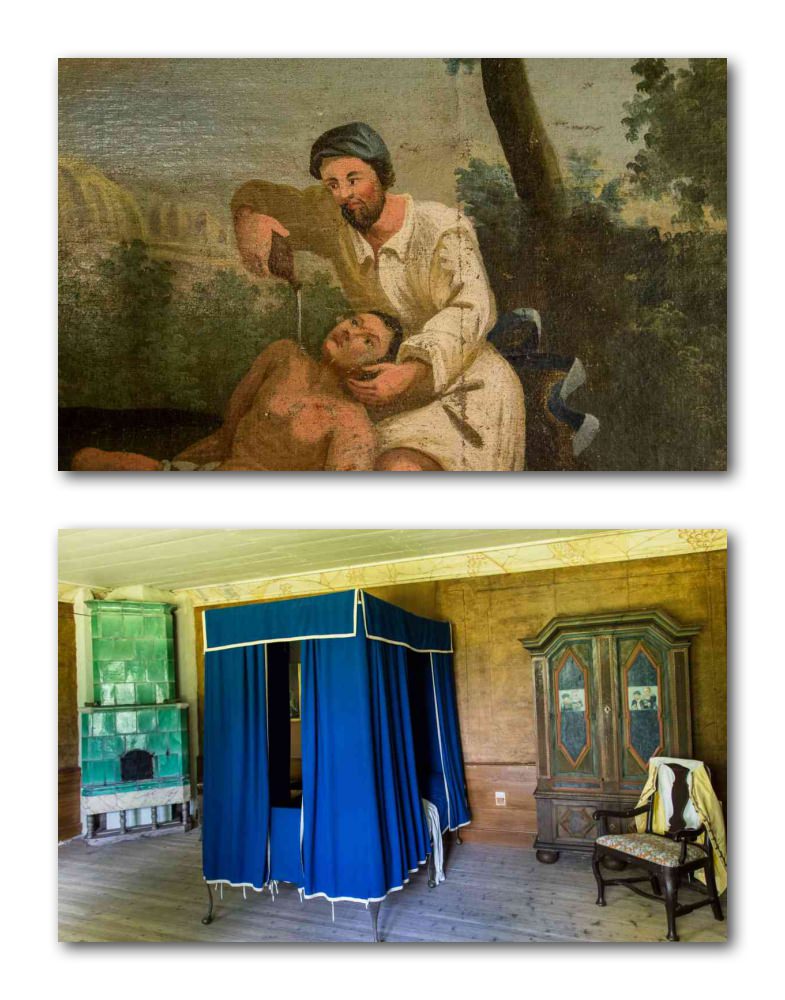
von Echstedtska gården – Picture Credit – trippa.se
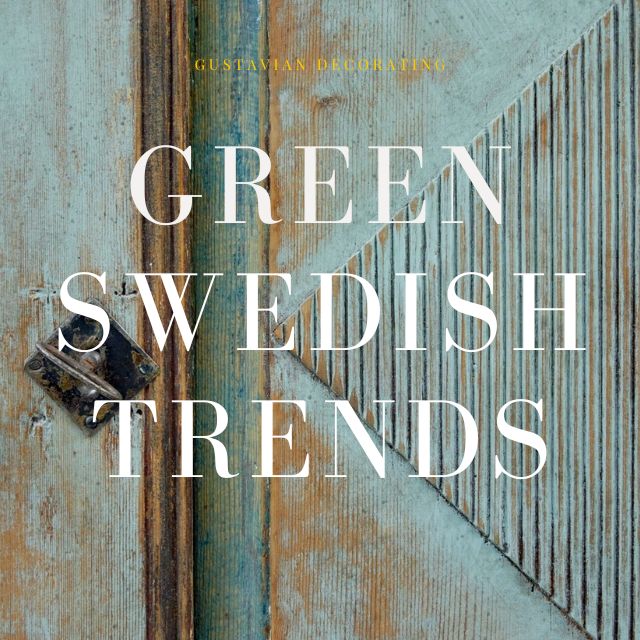
400 Professional Designers Picked Green As The New Color To Watch
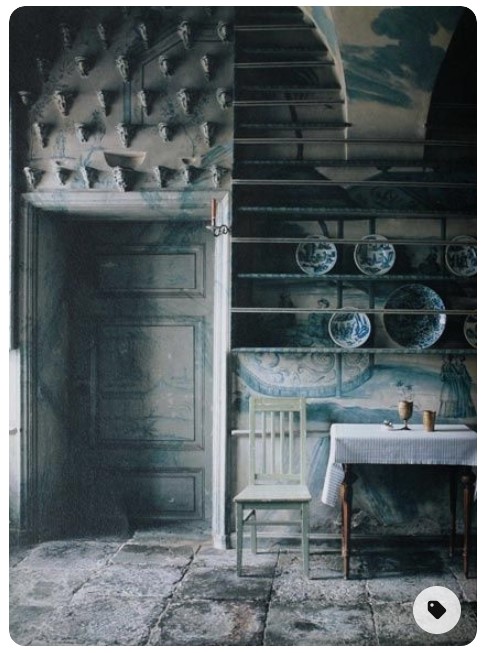
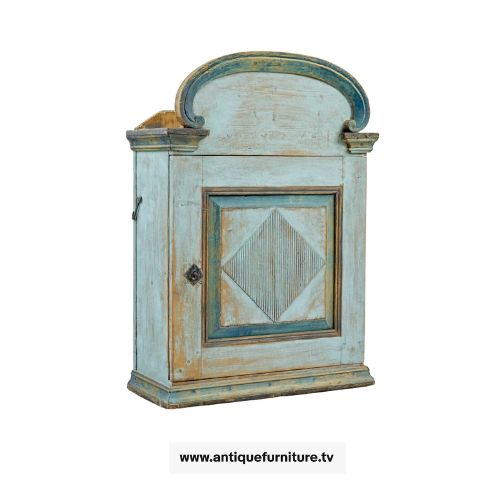
19TH Century Painted Pine Wall Cupboard – www.antiquefurniture.tv
HomeGoods Style Expert Beth Diana Smith predicts that, in 2022, many will go green by decorating around green-hued decor.
“Green [is] definitely the color of 2022!”
the owner and principal designer of Beth Diana Smith Interior Design tells SheKnows. “Six paint brands opted to choose green for their color of the year inspired by the latest fashion and home trends. Additionally, green has been trending in wellness as greens are associated with self-care, nourishment and zen energy. So, as consumers continue to prioritize mental health, we’ll continue to see green throughout our spaces as we look to infuse calming colors.”
Look at this:
A recent survey from Sherwin-Williams, which included more than 400 professional designers, found that emerald green was the top prediction for the most on-trend color in 2022.
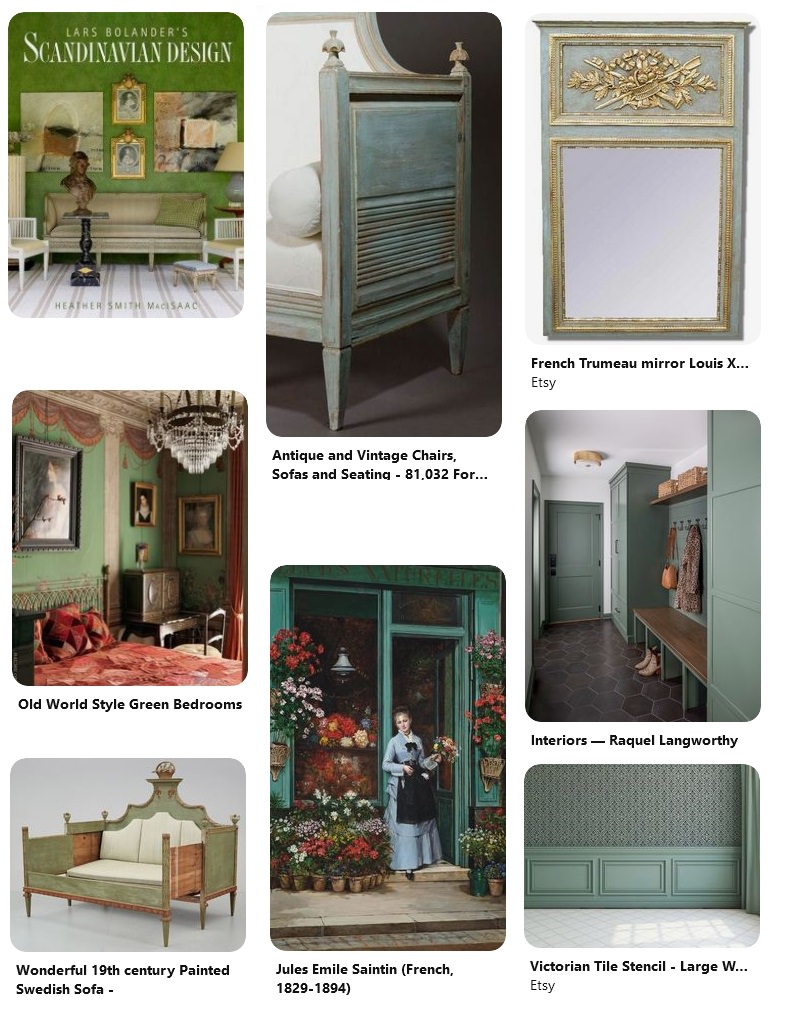
Interiors decorated around the color of green. Do you see anything here you love?
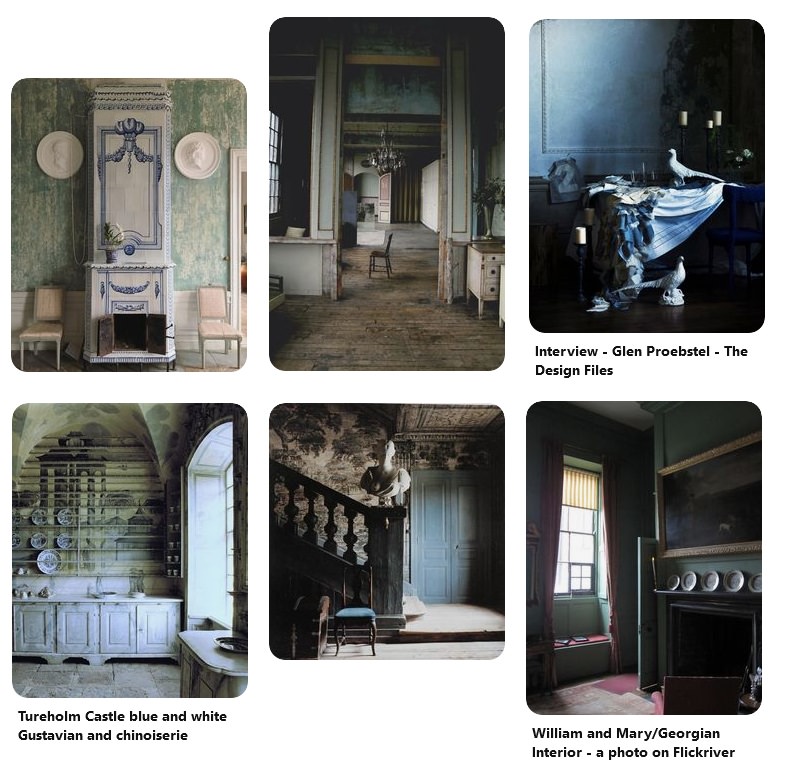 Darker Green Inspired Interiors
Darker Green Inspired Interiors
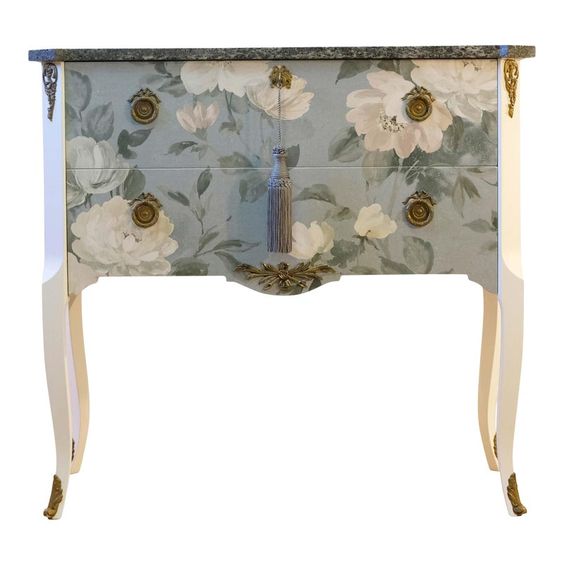 Gustavian Chest –chairish.com
Gustavian Chest –chairish.com
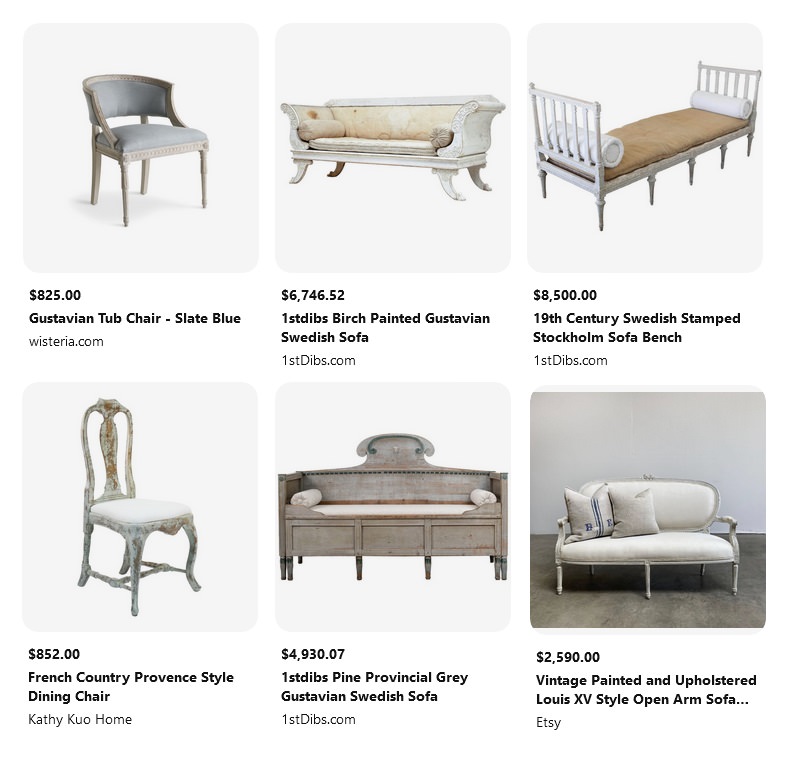
Swedish Inspired Furniture
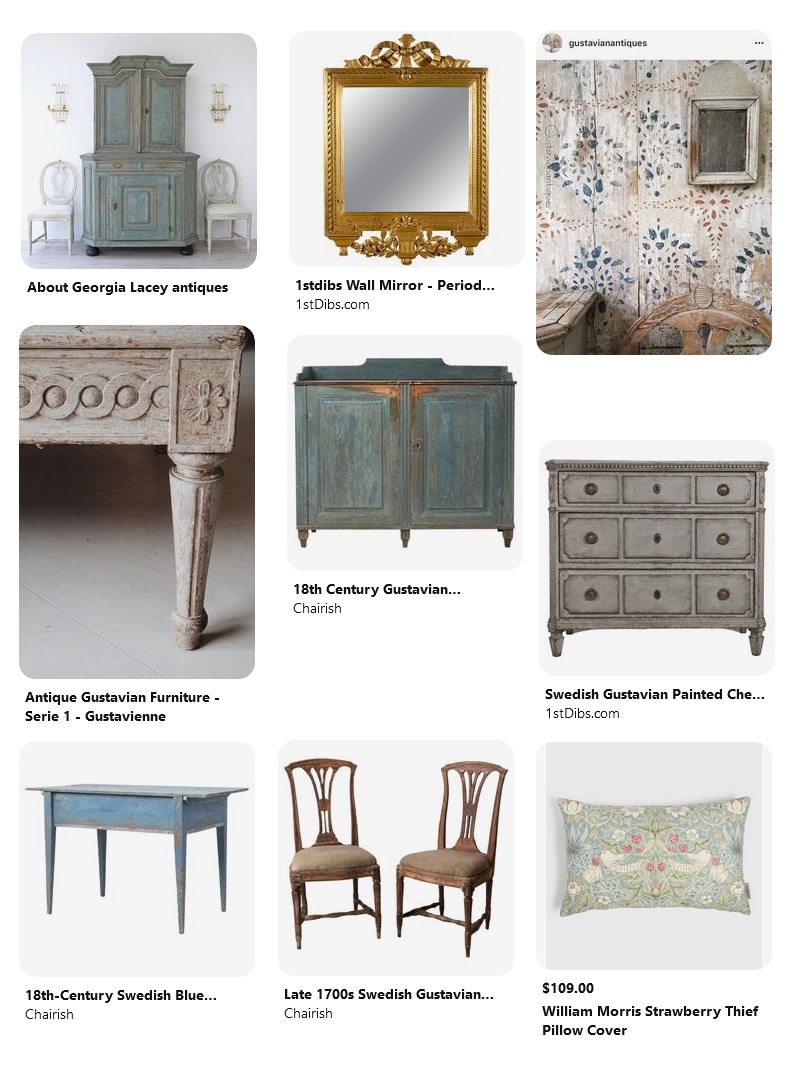
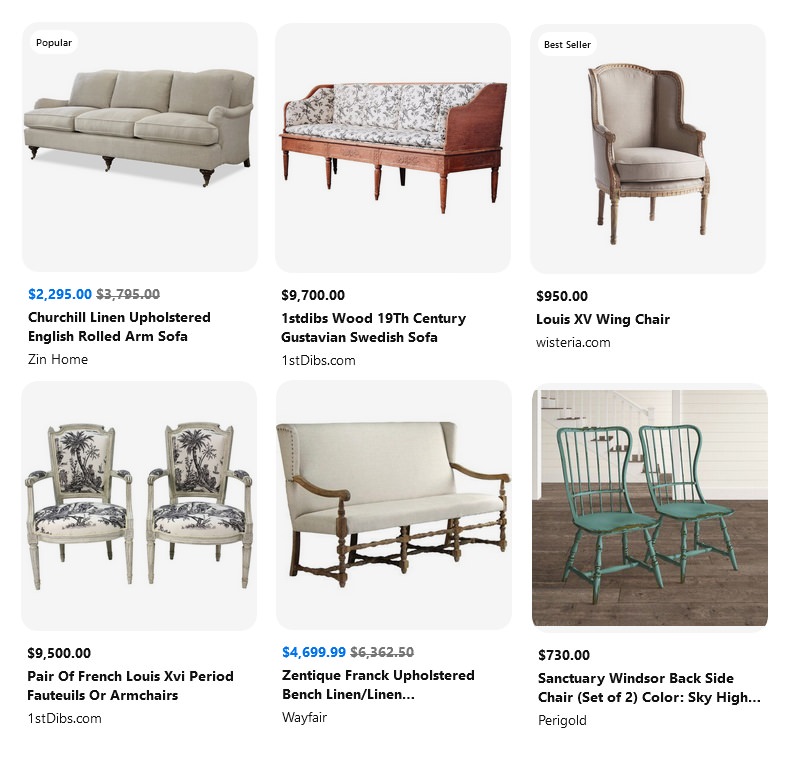
Swedish Inspired Furniture
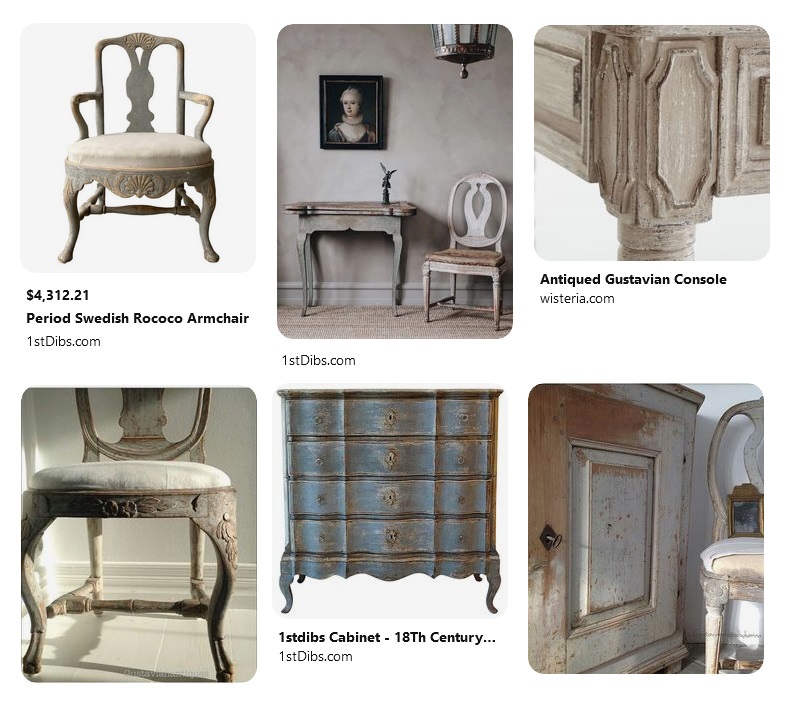
Swedish Inspired Furniture
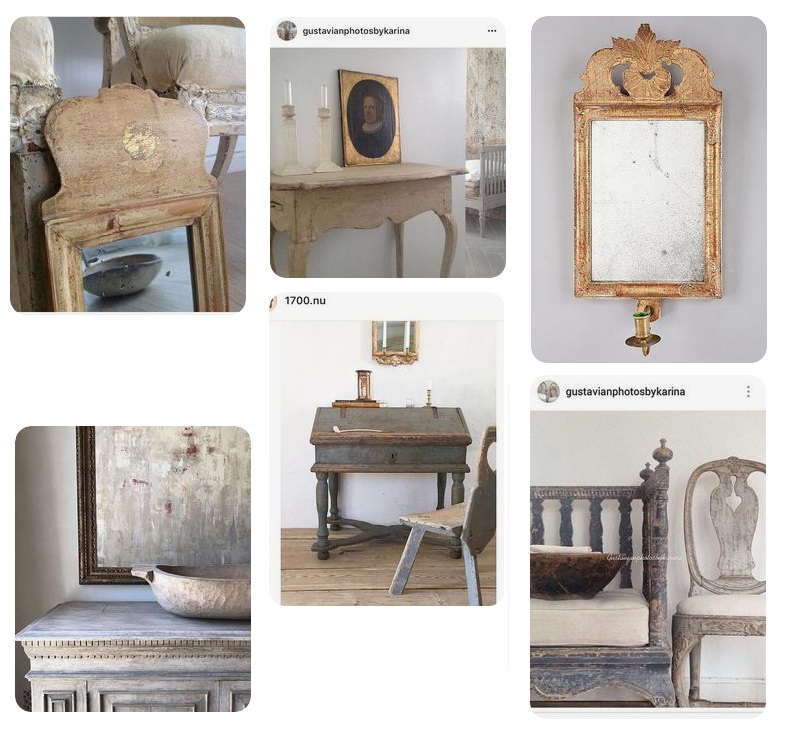
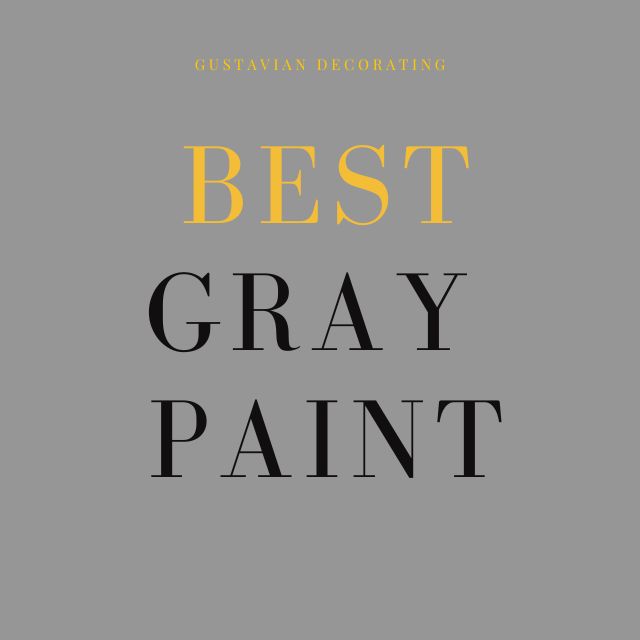
30 Gray Toned Paint Colors For Swedish Styled Interiors – Behr
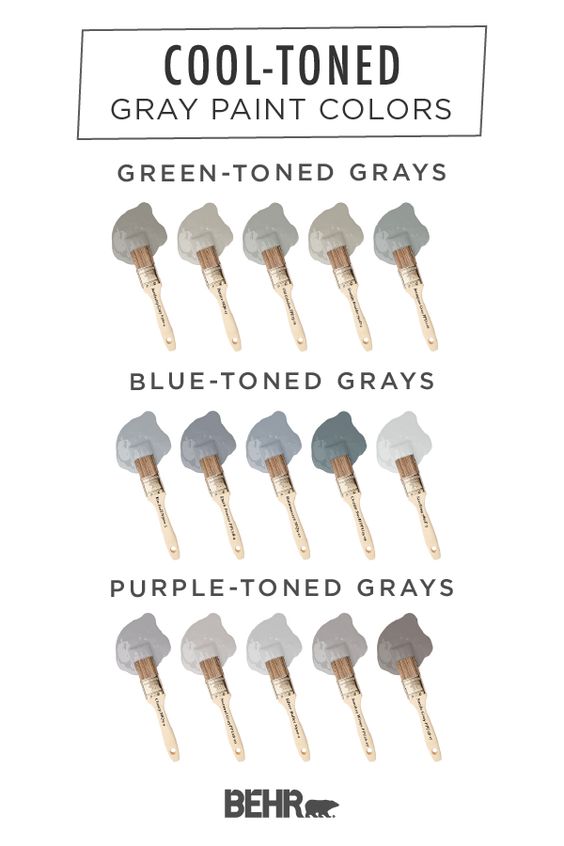
In this link, Quinn pieces together 30 of the best gray paint shades from Behr. Where it gets interesting is for you to determine exactly what undertones you like.
In this article, there are 5 categories of undertones. Blue, Purple, Green, Orange and Red. Over time, most people usually lean towards either a cool collection, or warm arena.
Later in the article, what really makes the choice more complex is LIGHTING. An example is given in the article, where a room is photographed at different times of the day. One picture shows a light gray, and another showing a very clear blue. Long story short, test your samples before buying large quantities of paint.
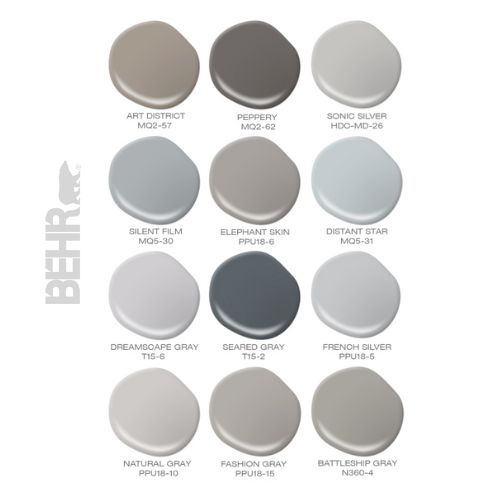
Have you ever found a paint color that looks absolutely incredible day and night in a particular room, only to bring it into another room, and have it look entirely different?
I recently painted over my basement this summer. I had a color that worked in any room in my upstairs, so I figured, I would just go with that color downstairs too.
Many years ago I hand mixed colors, and found one that worked. It works night and day. It just looks incredible. Its a darker gray, with undertones of green. Its not overly dark.
I had it made up for my basement, and it turned out awful in that room. No matter how hard I tried messing around with the shade, the simple fact, the lighting is different in my basement. I shoved the paint in a closet, and started over.
You need to read the article- Behr
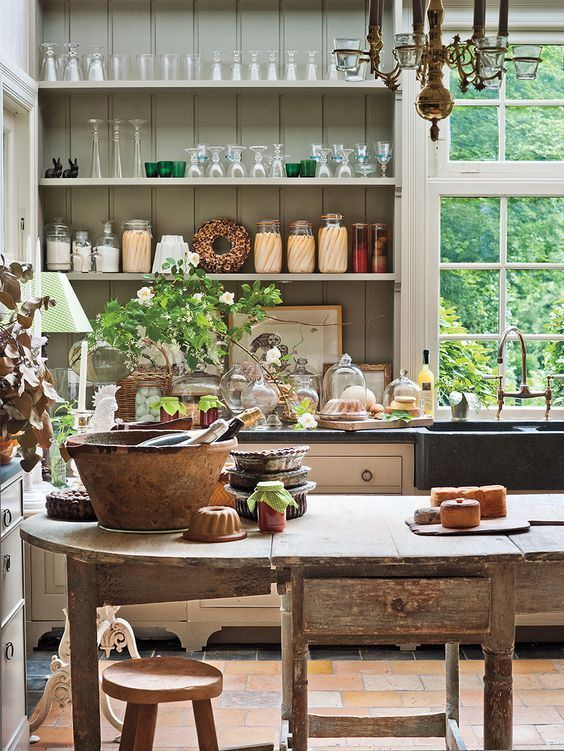
DIY Upper Kitchen Cabinets – Lindsay – White Buffalo Styling

You must see this step by step transformation of installing upper kitchen cabinets with a custom made patterned tile hood.
You will inspired by this makeover. I adore the color she picked out for the cabinets. Go check it out – thewhitebuffalostylingco.com
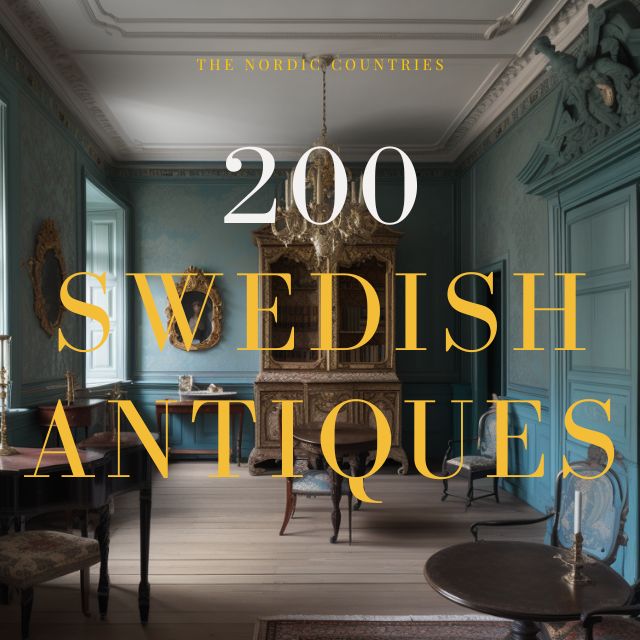
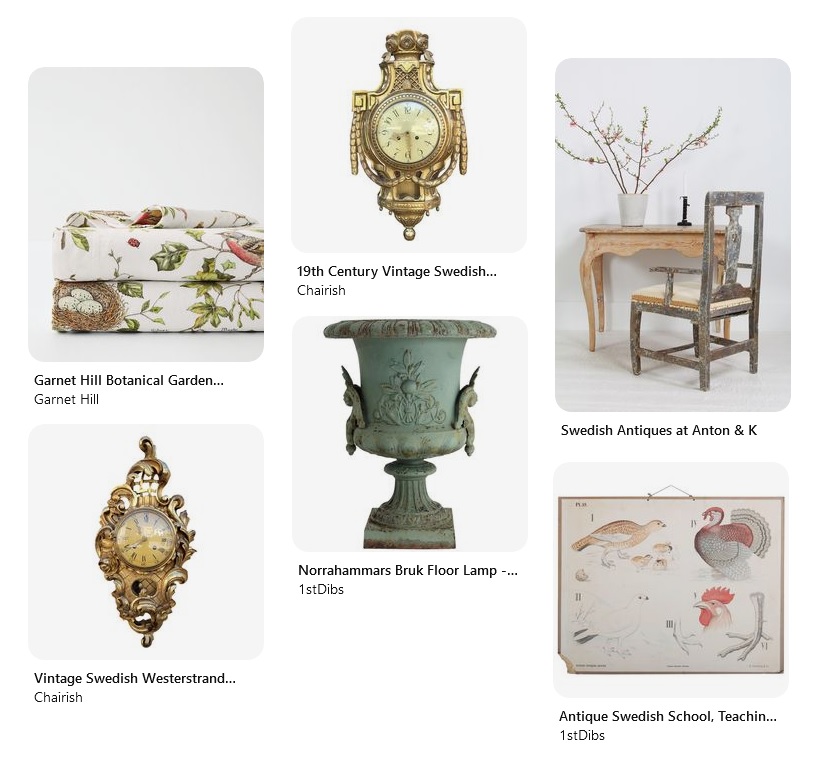
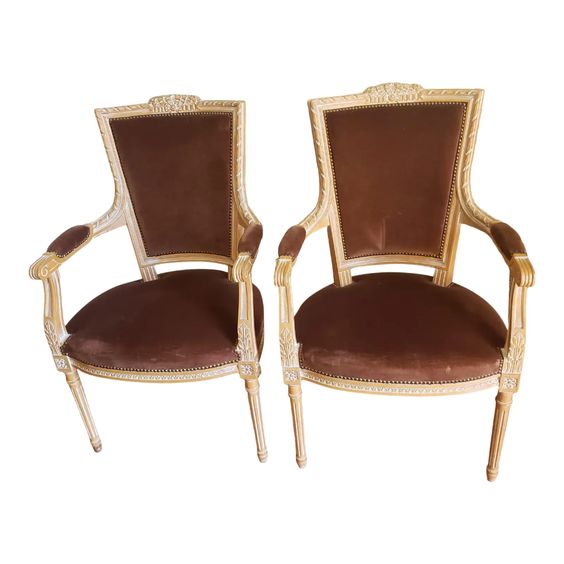
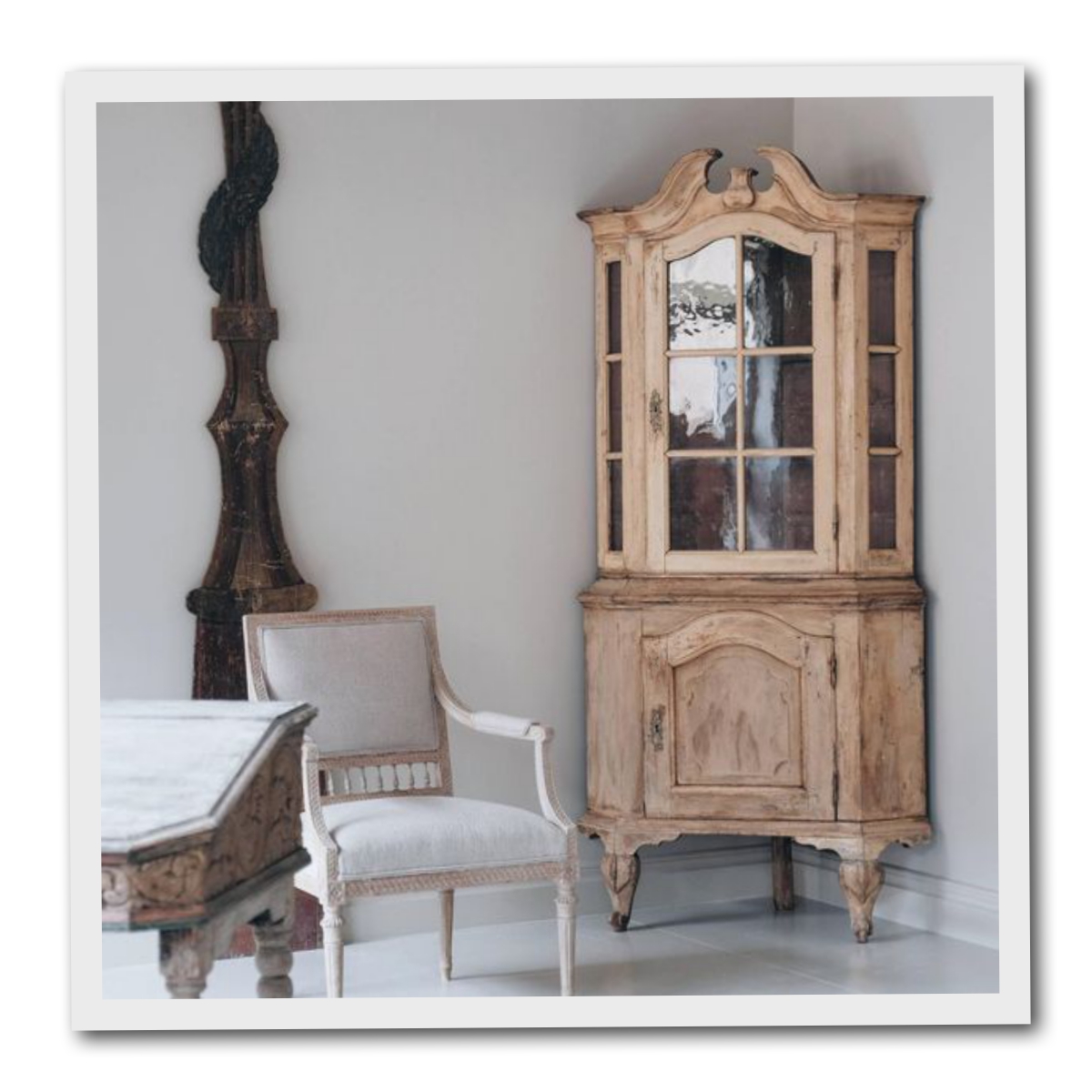
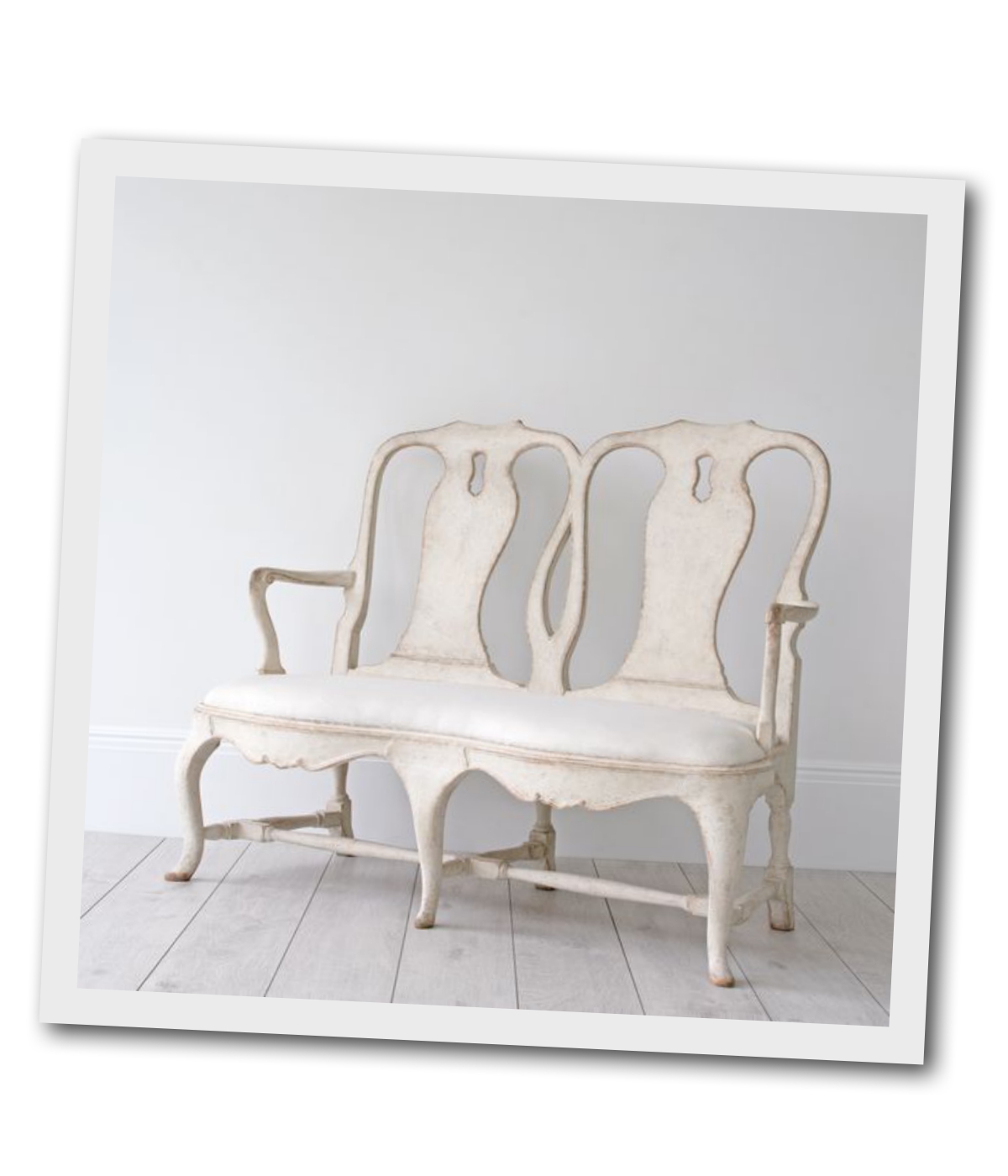
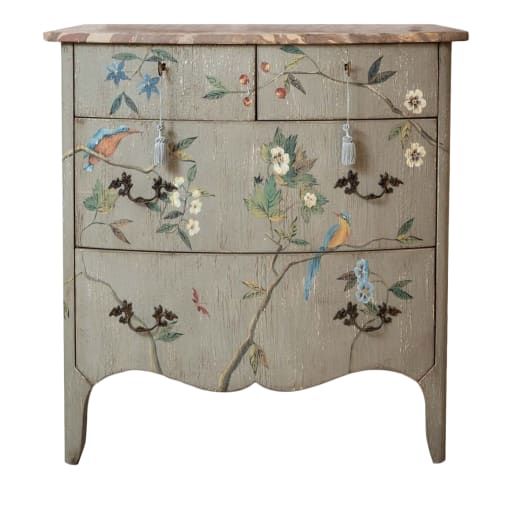
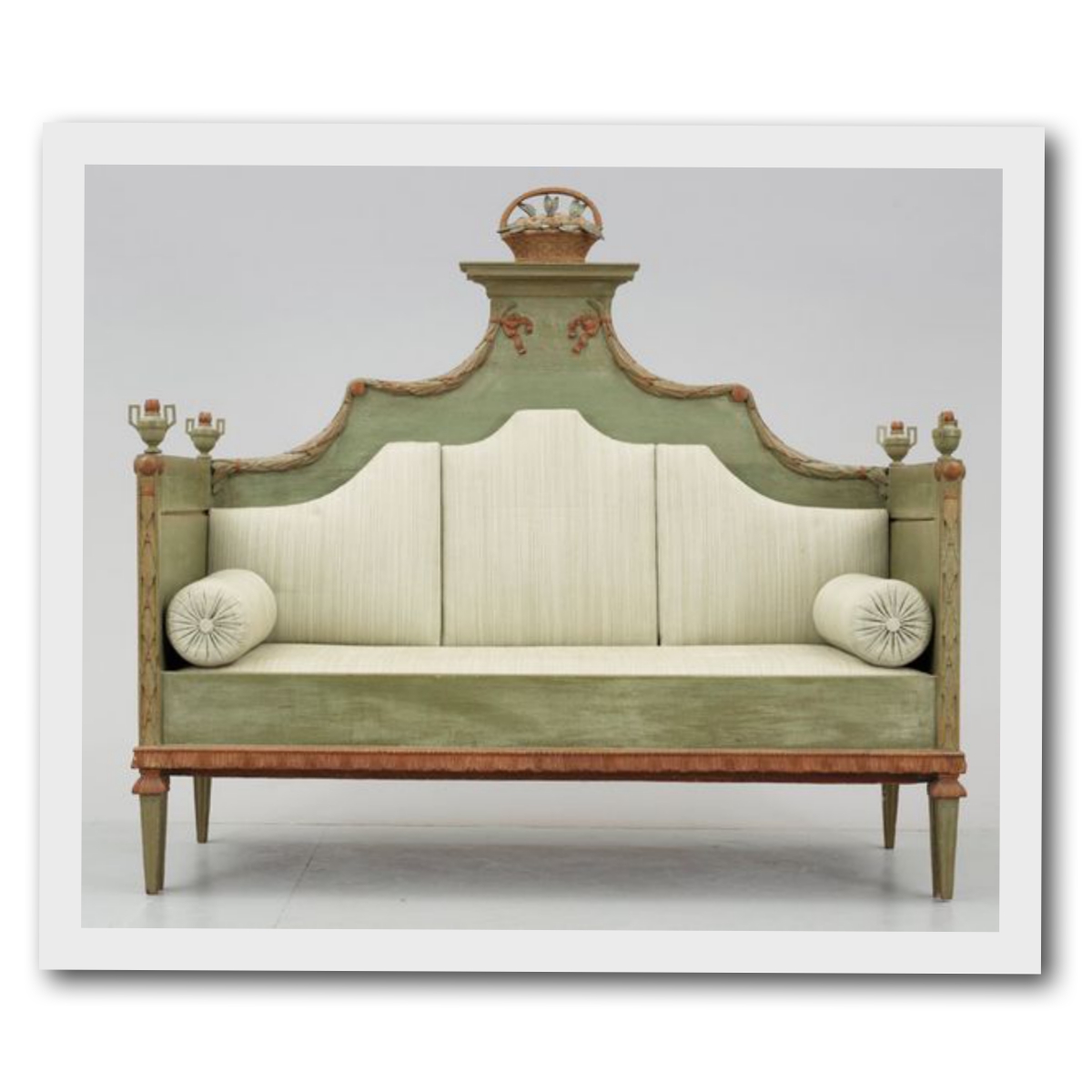
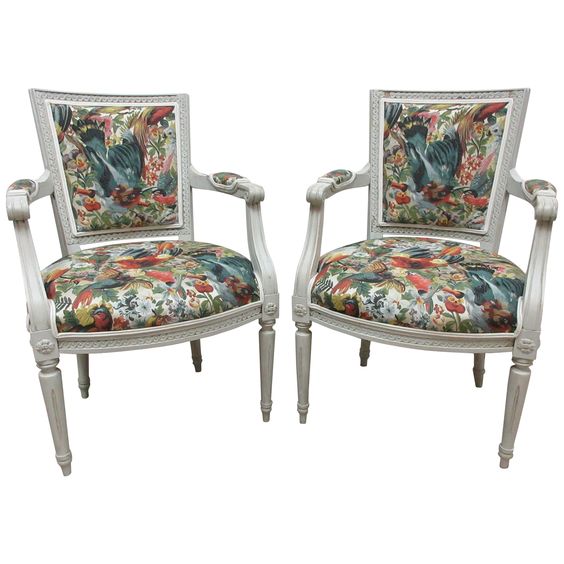
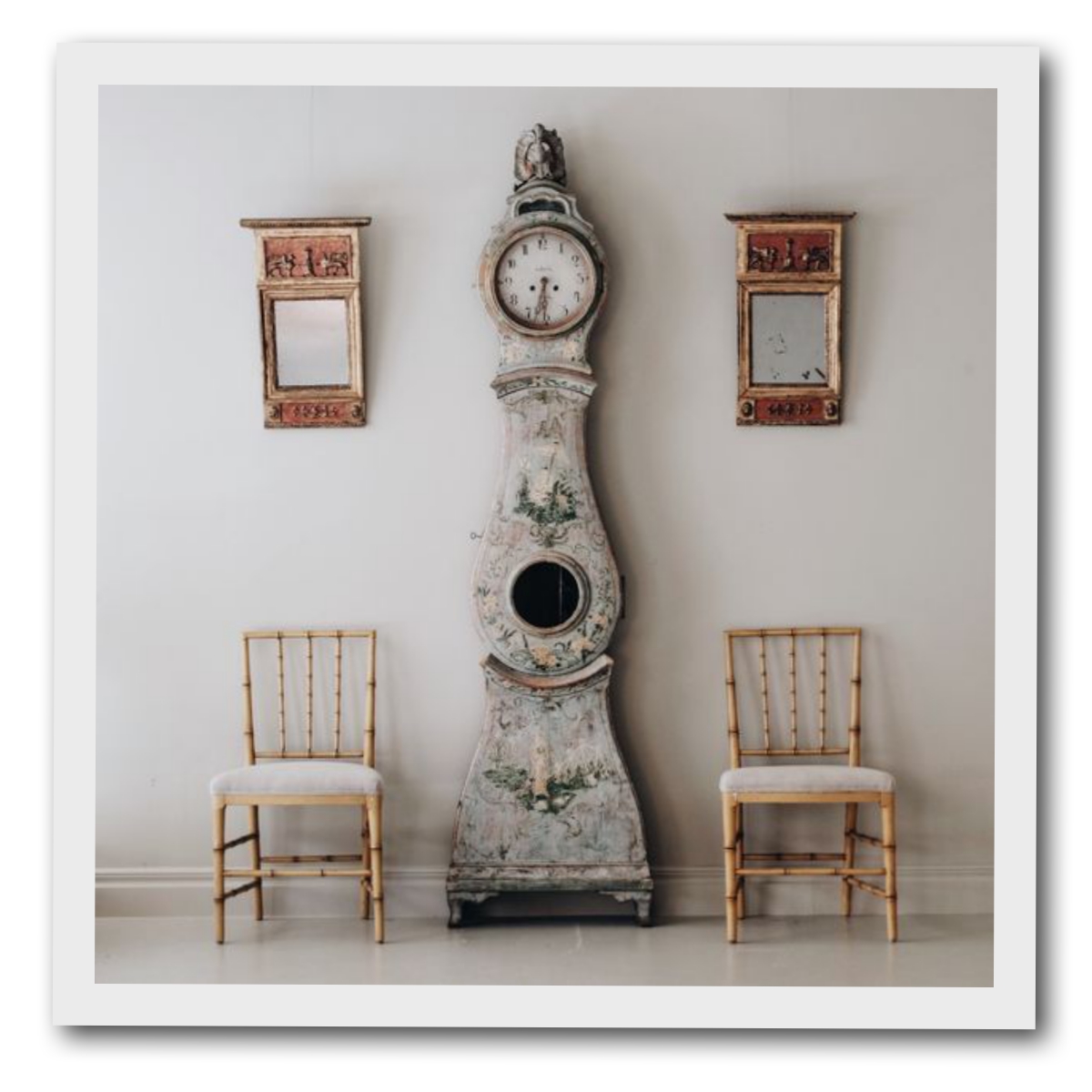
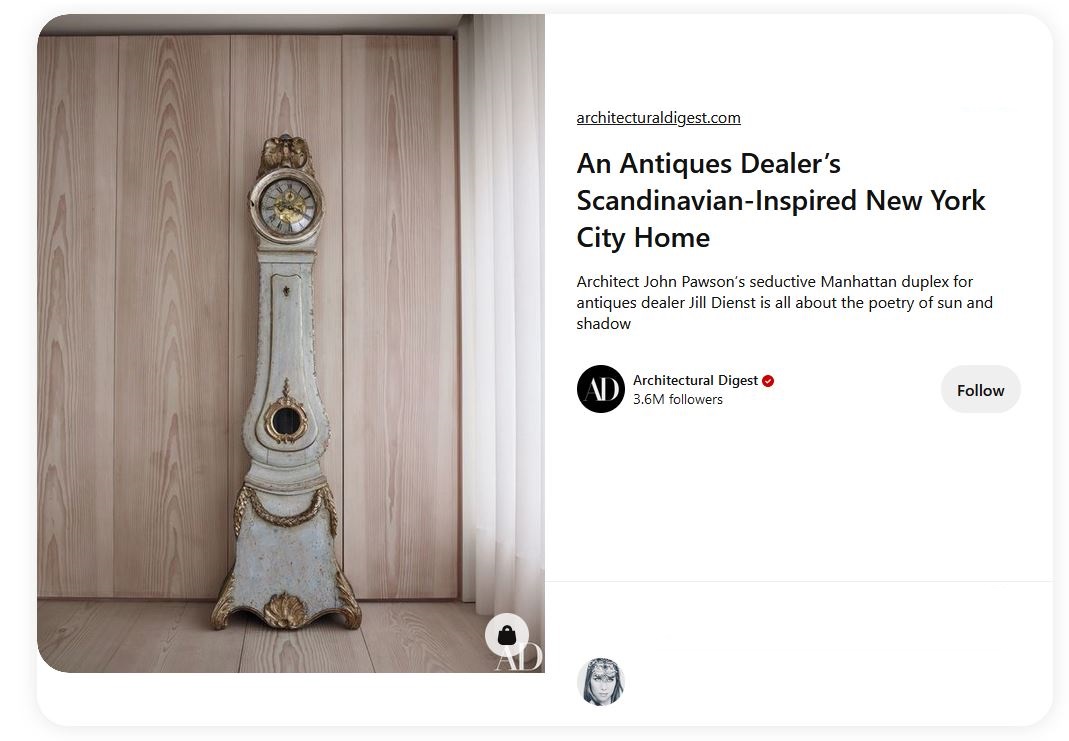
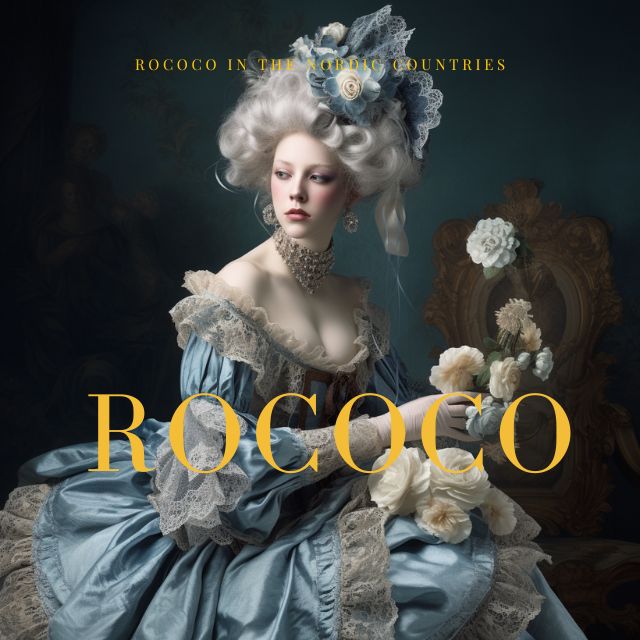
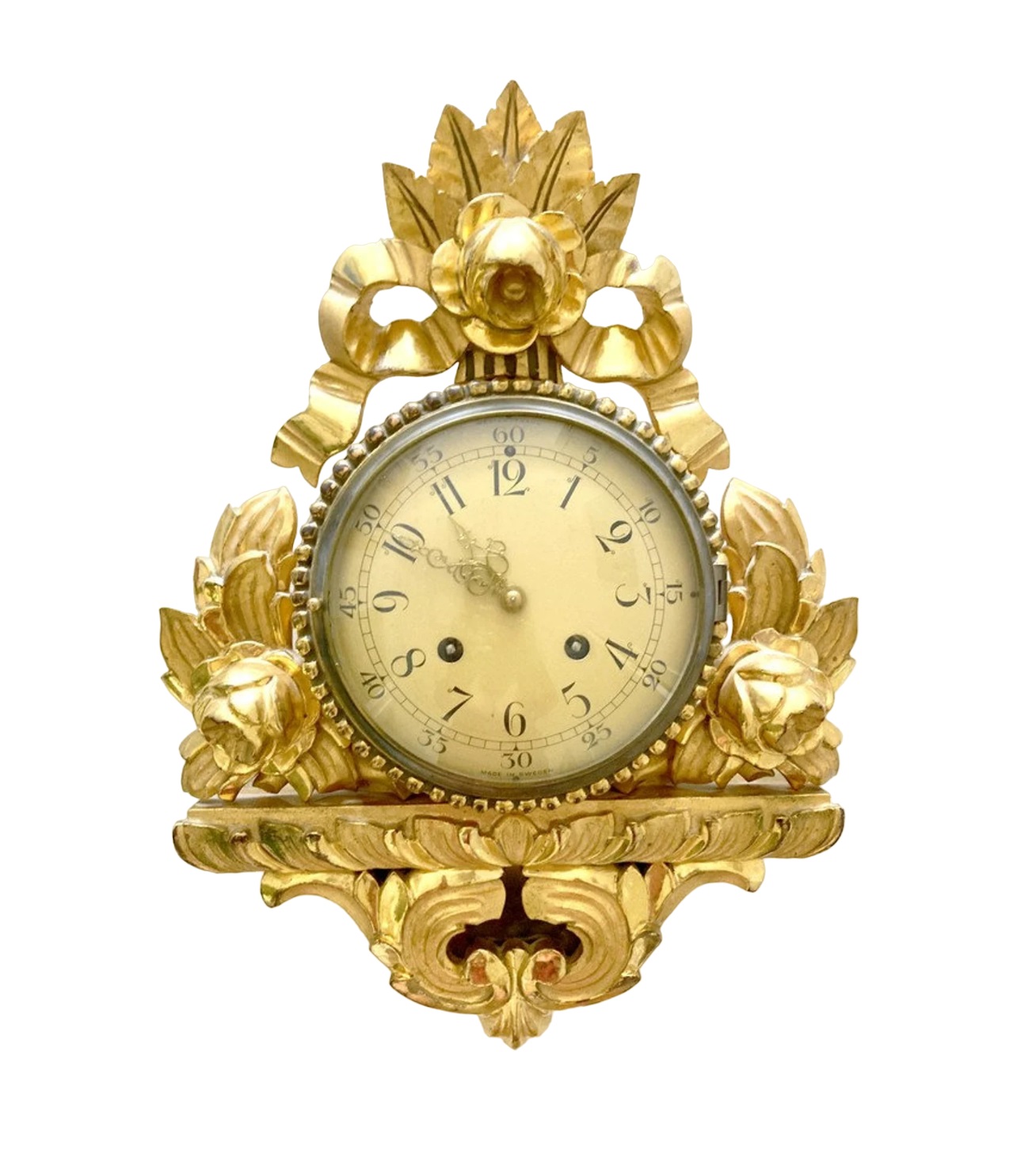
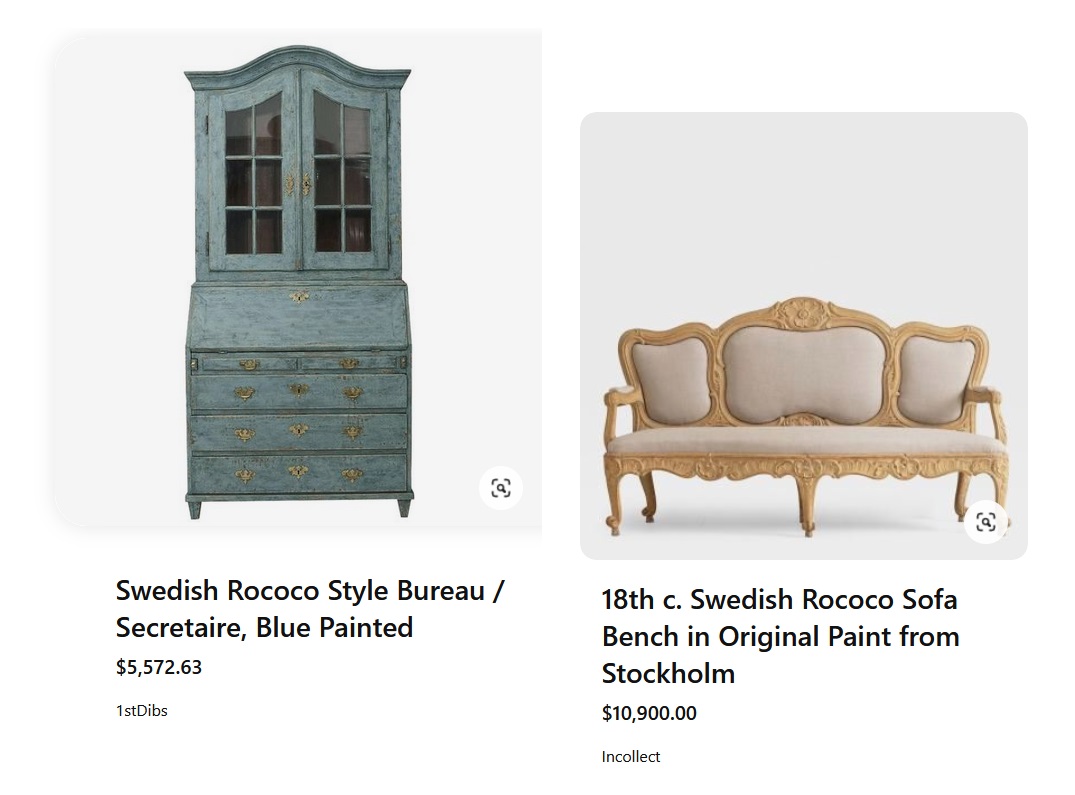
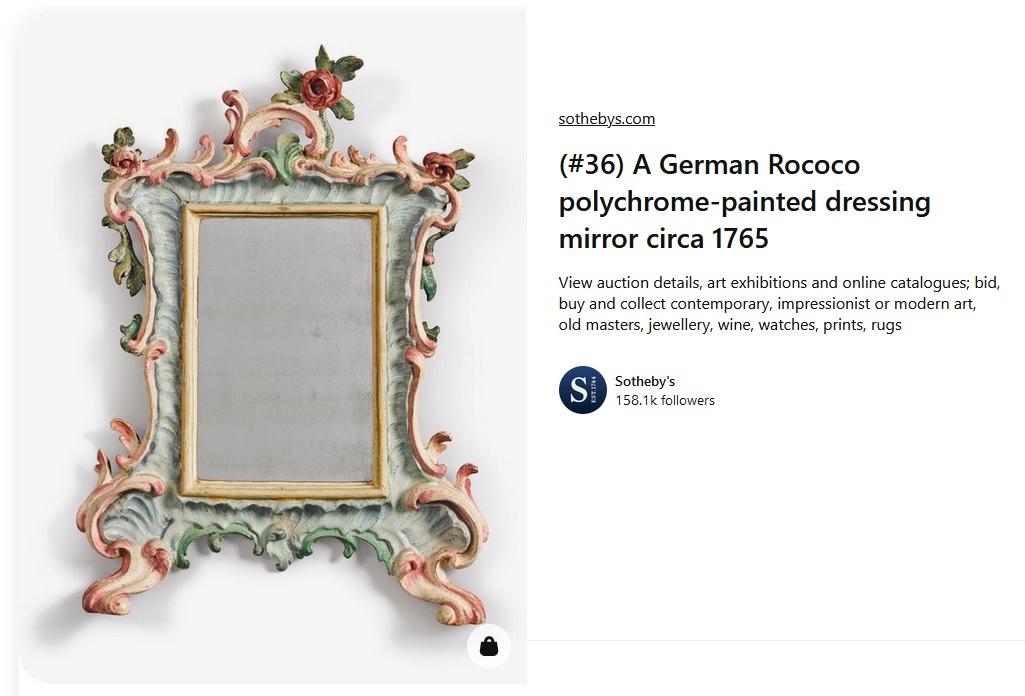
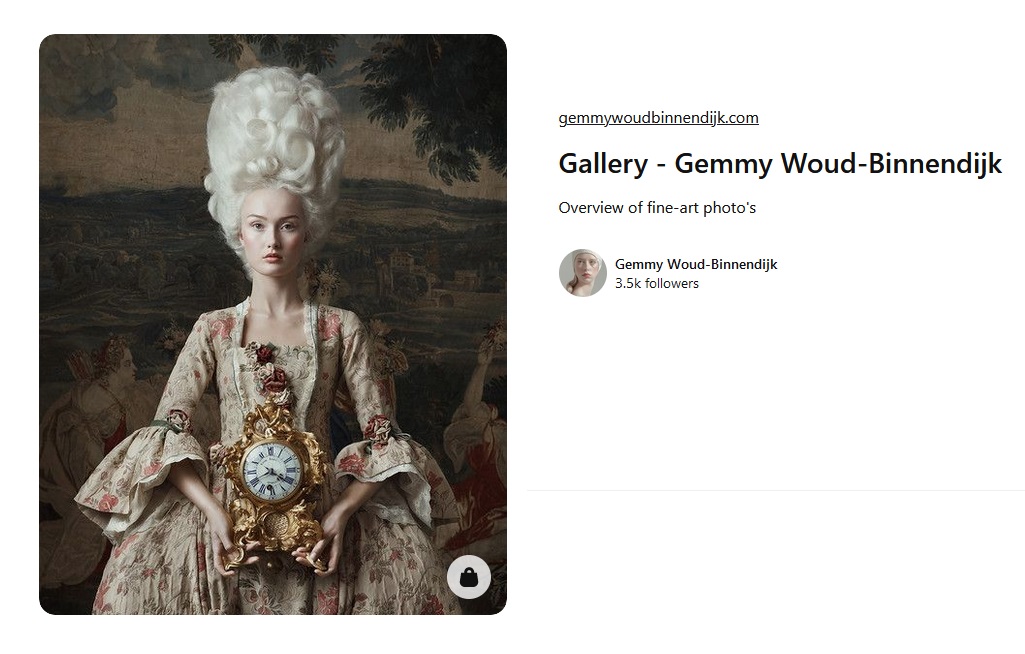
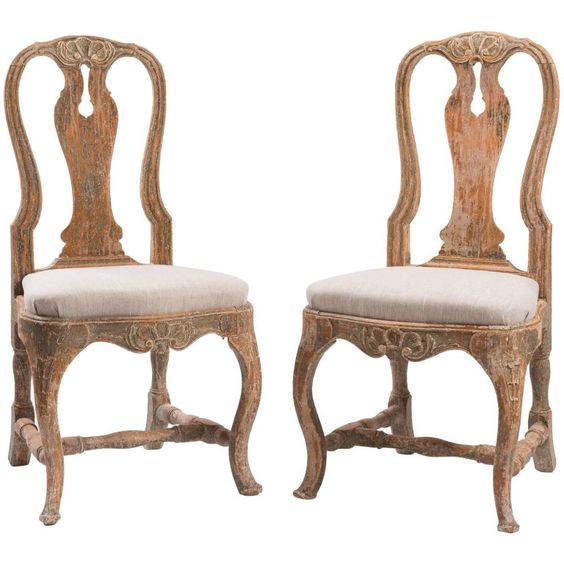
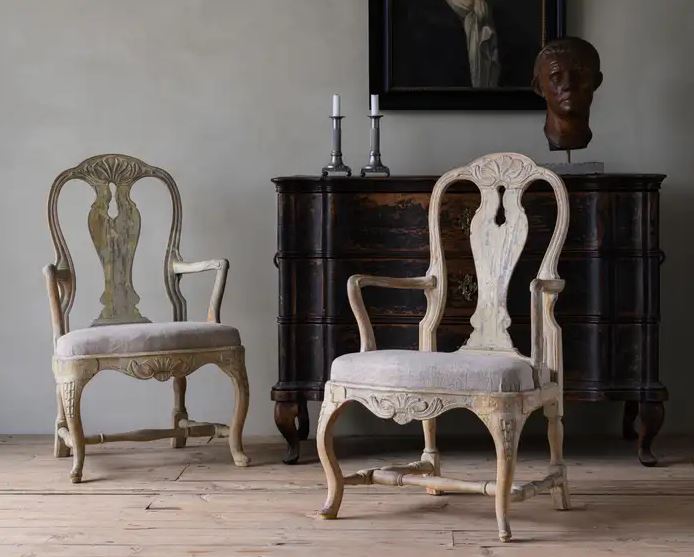
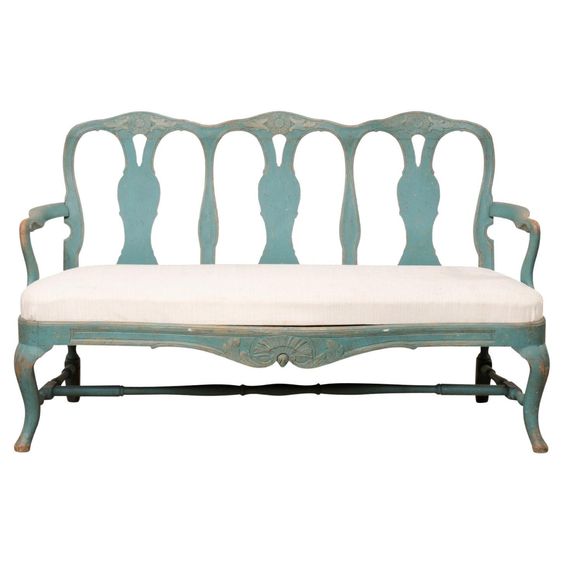
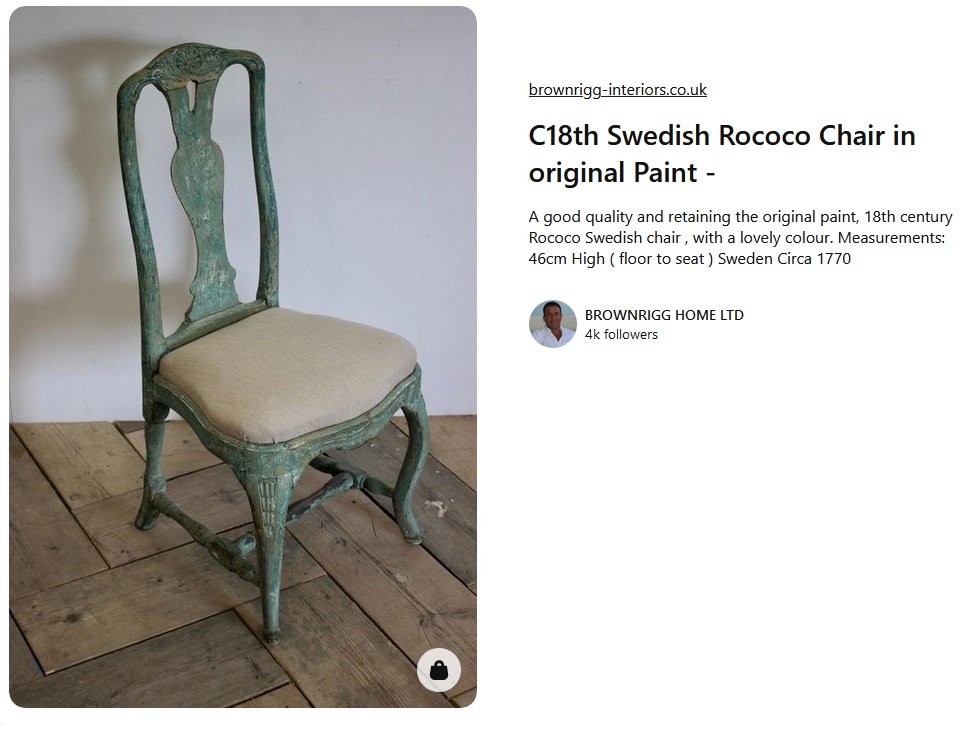
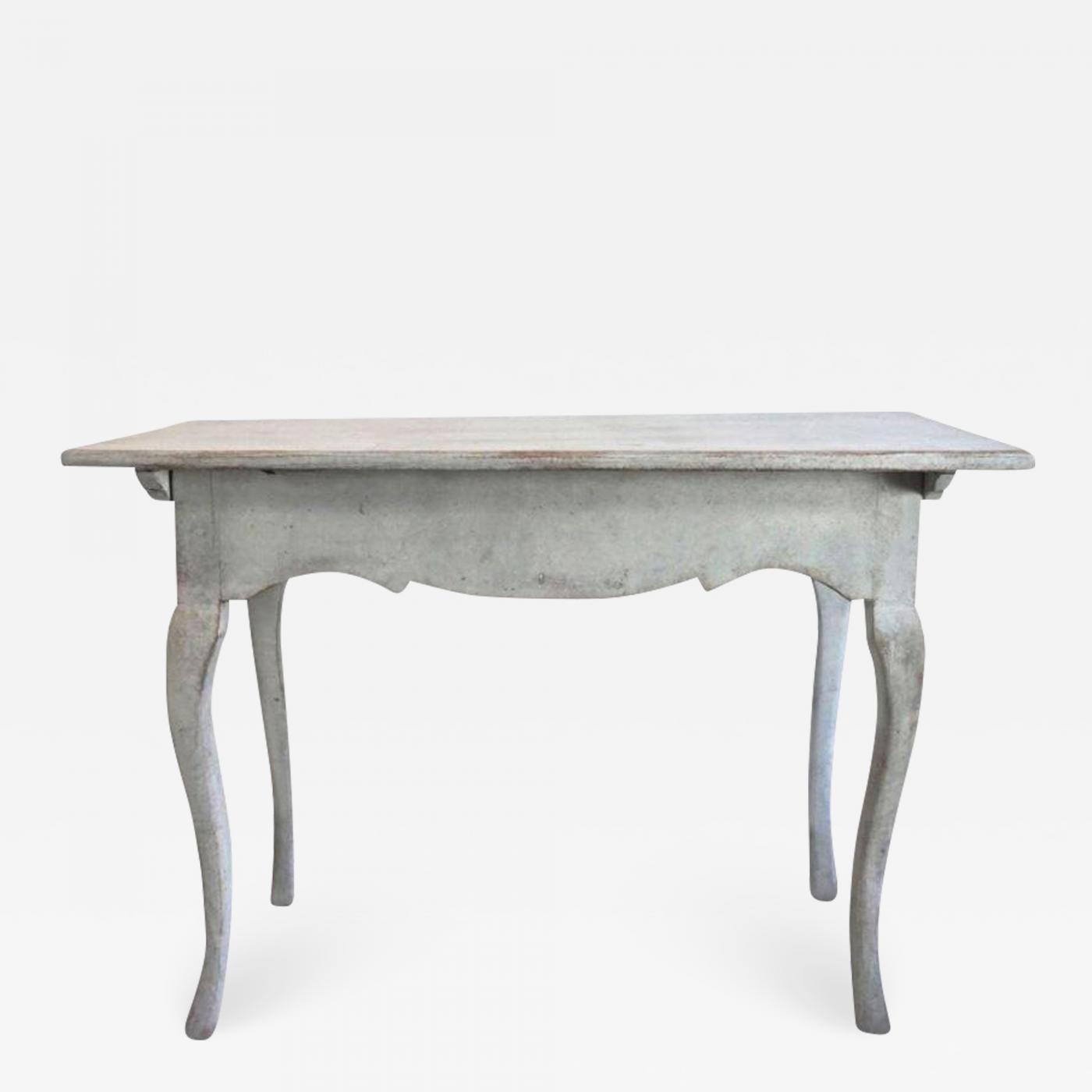
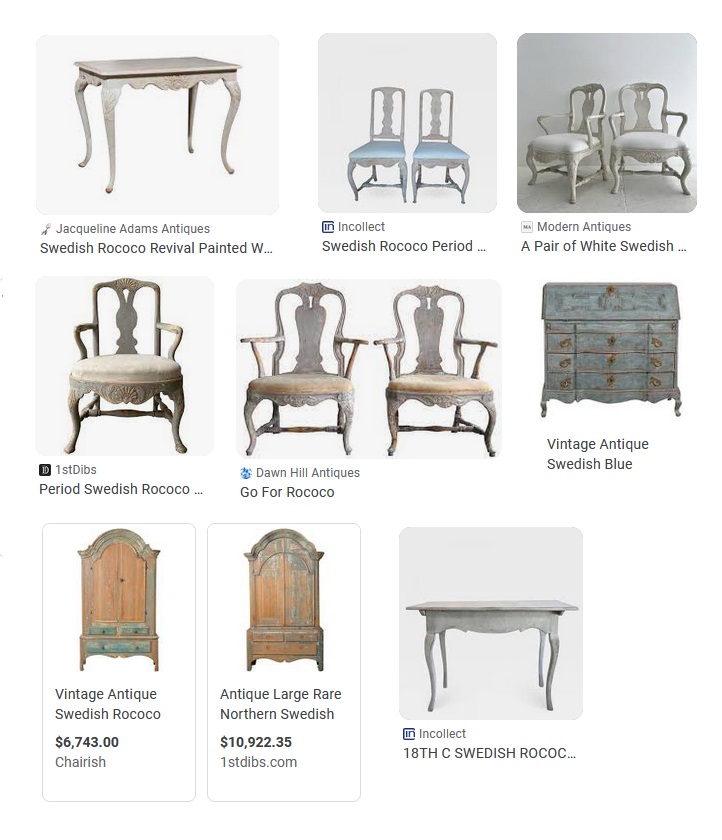
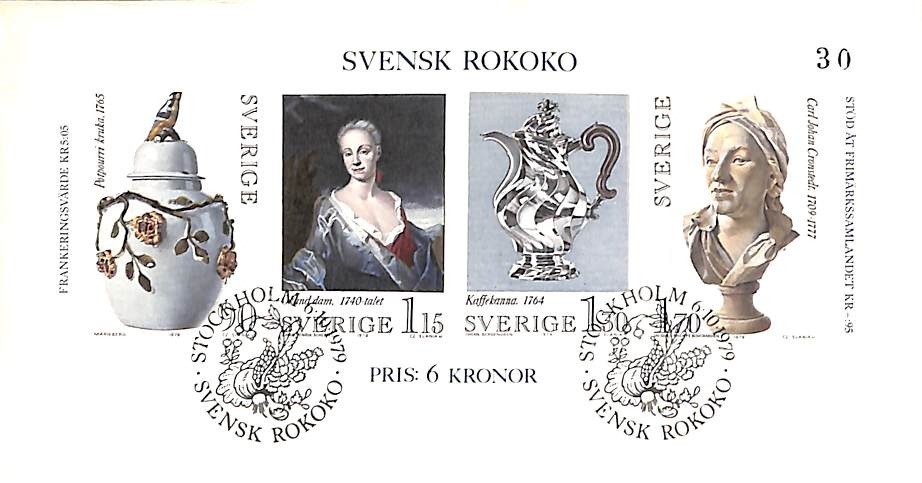
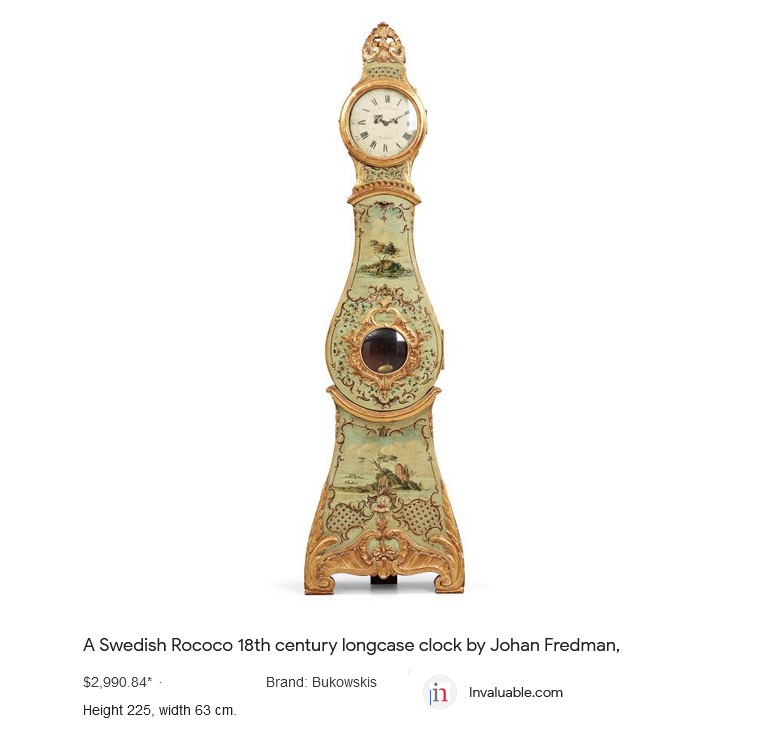
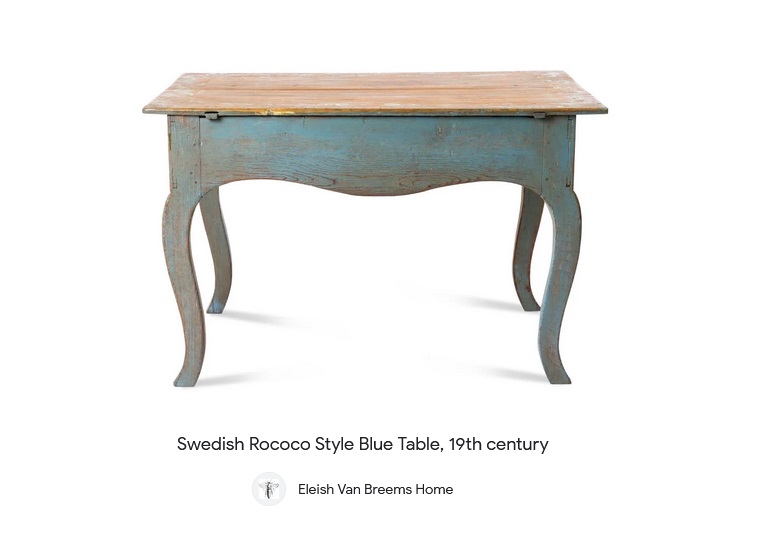
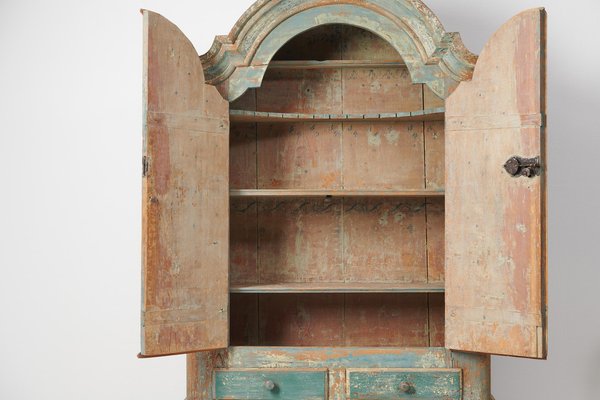
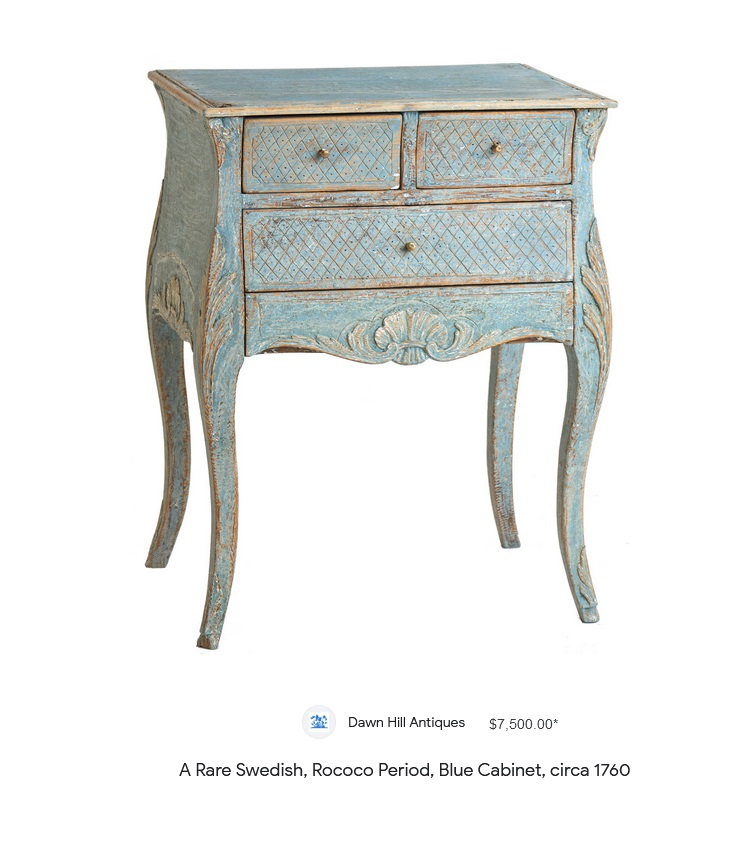

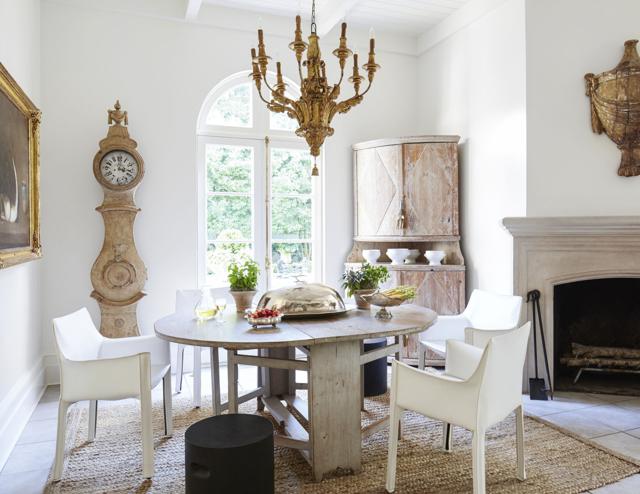
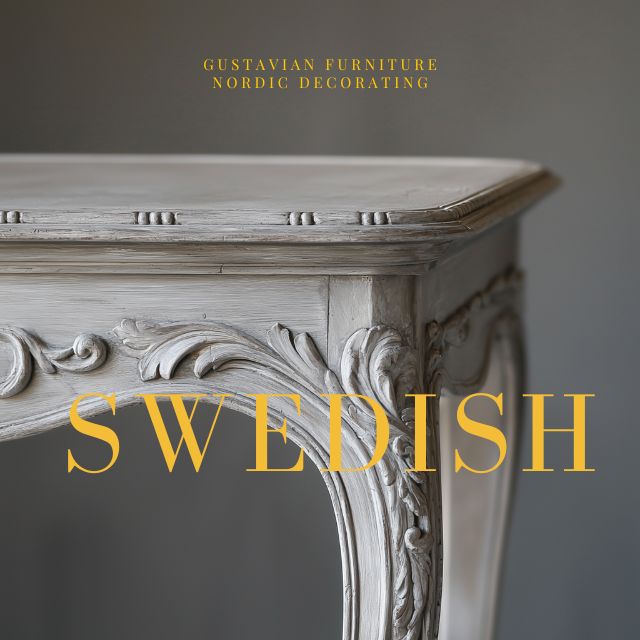
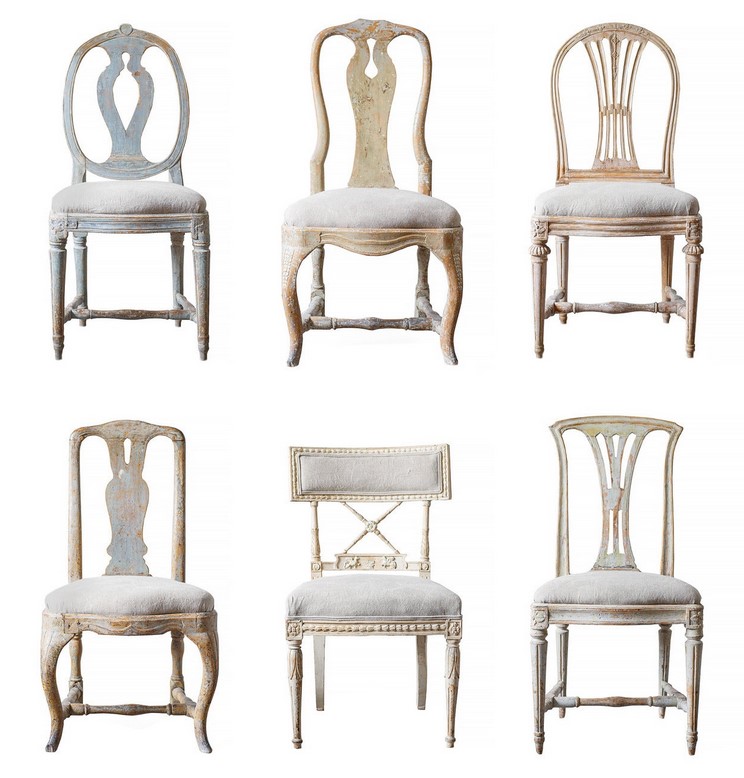
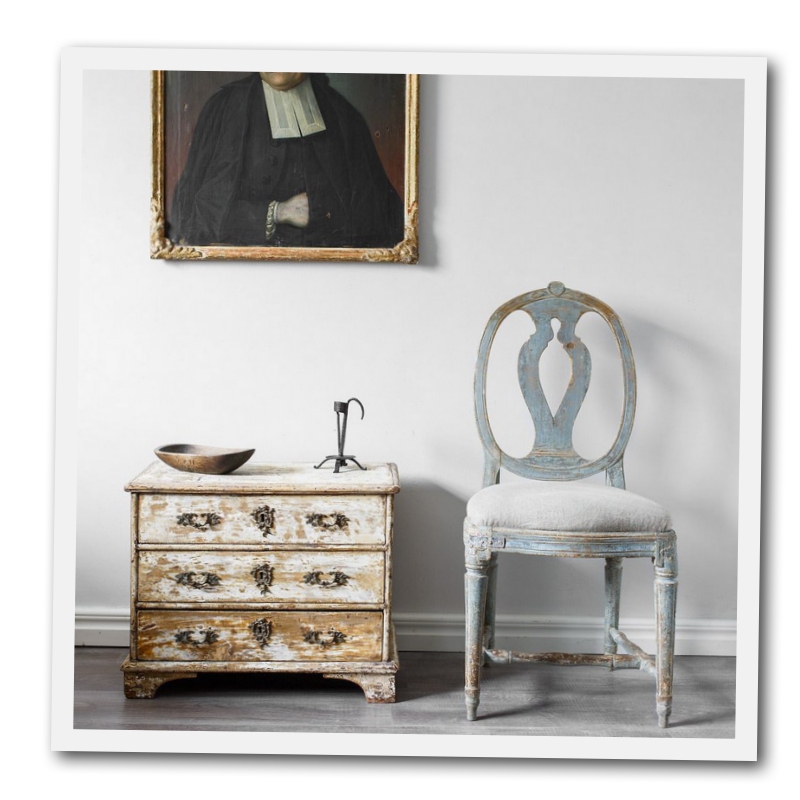 Set of 6 Gustavian Chairs – 9k
Set of 6 Gustavian Chairs – 9k
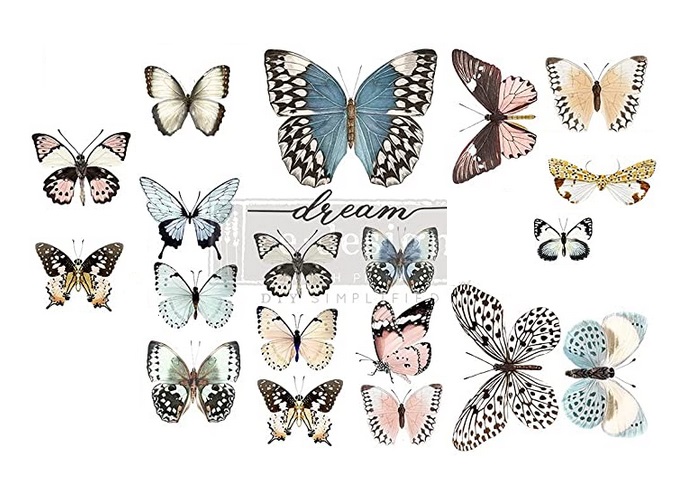
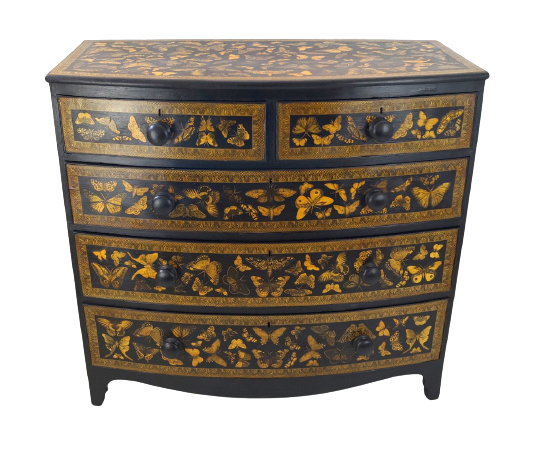 Butterfly Chest –
Butterfly Chest – 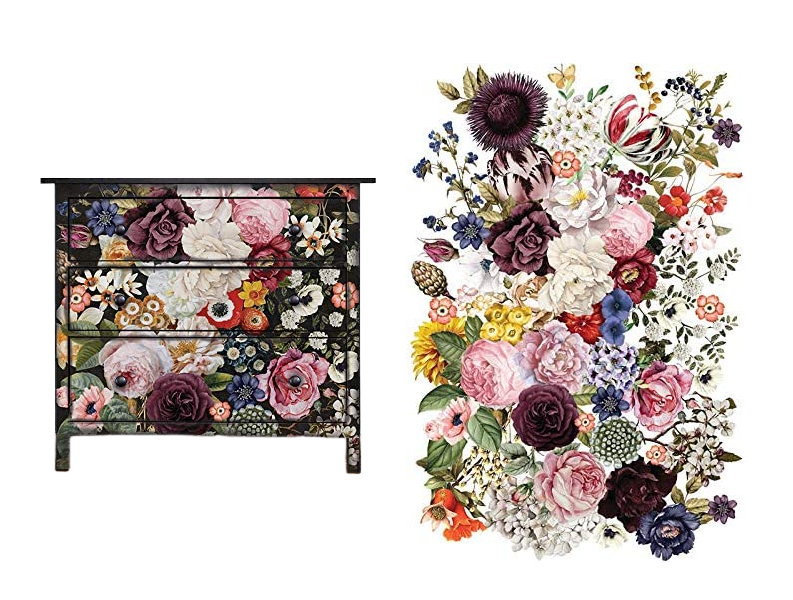
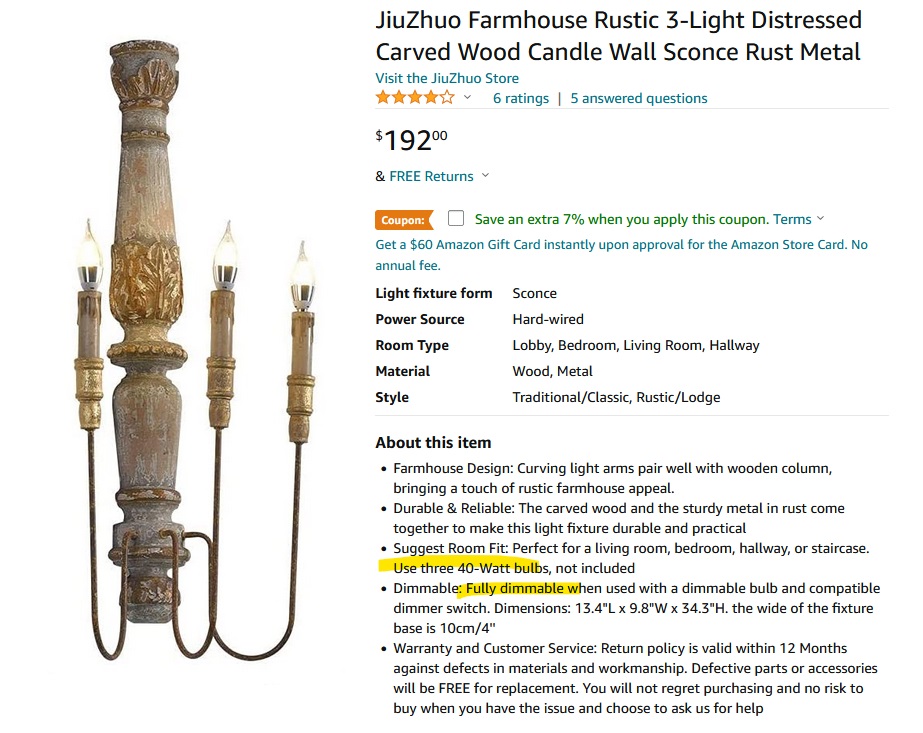
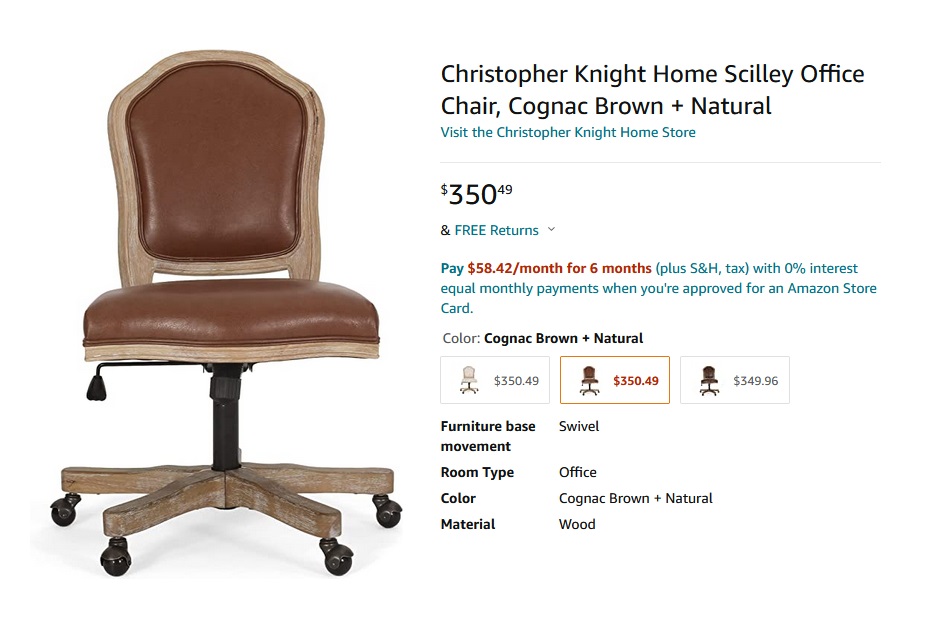
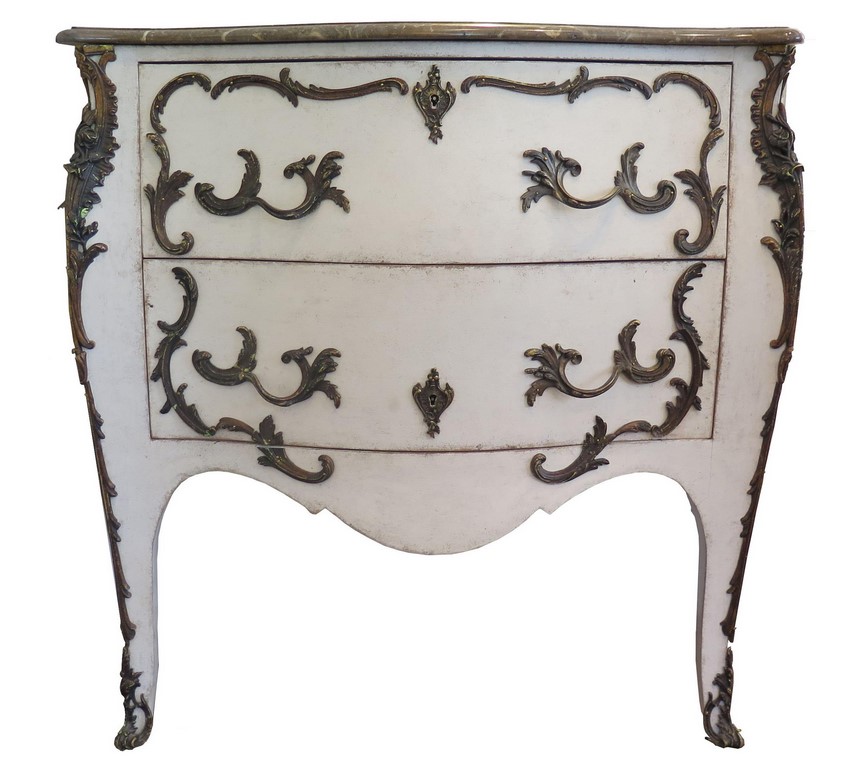
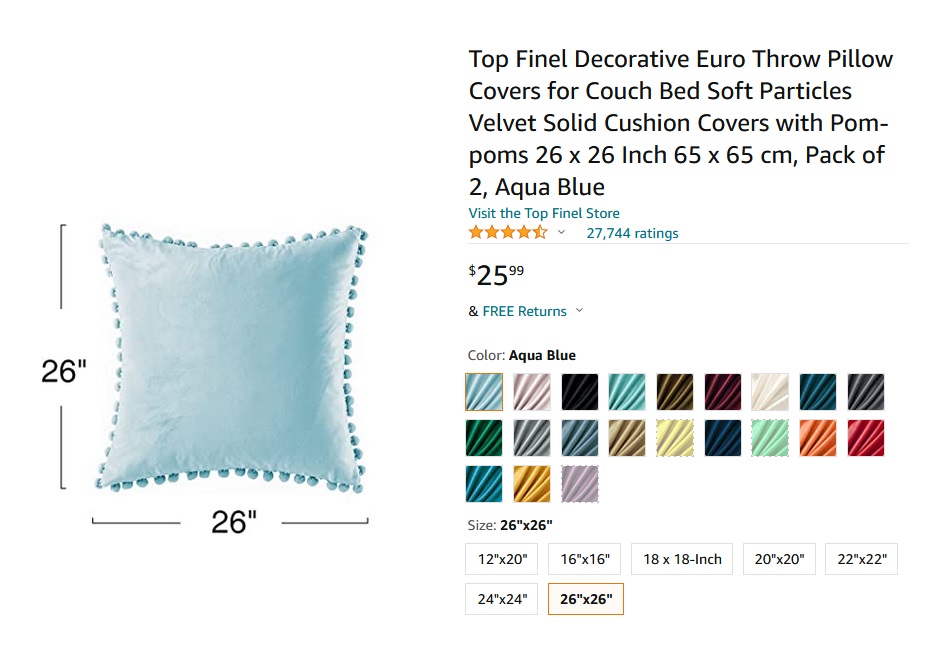
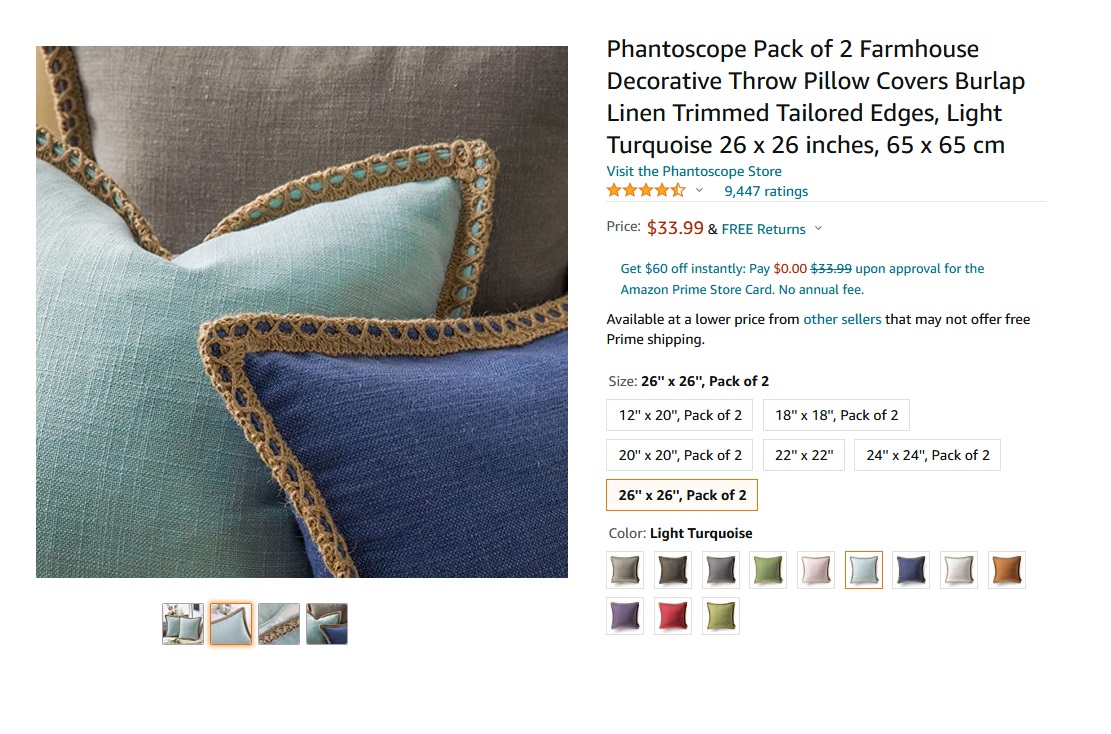
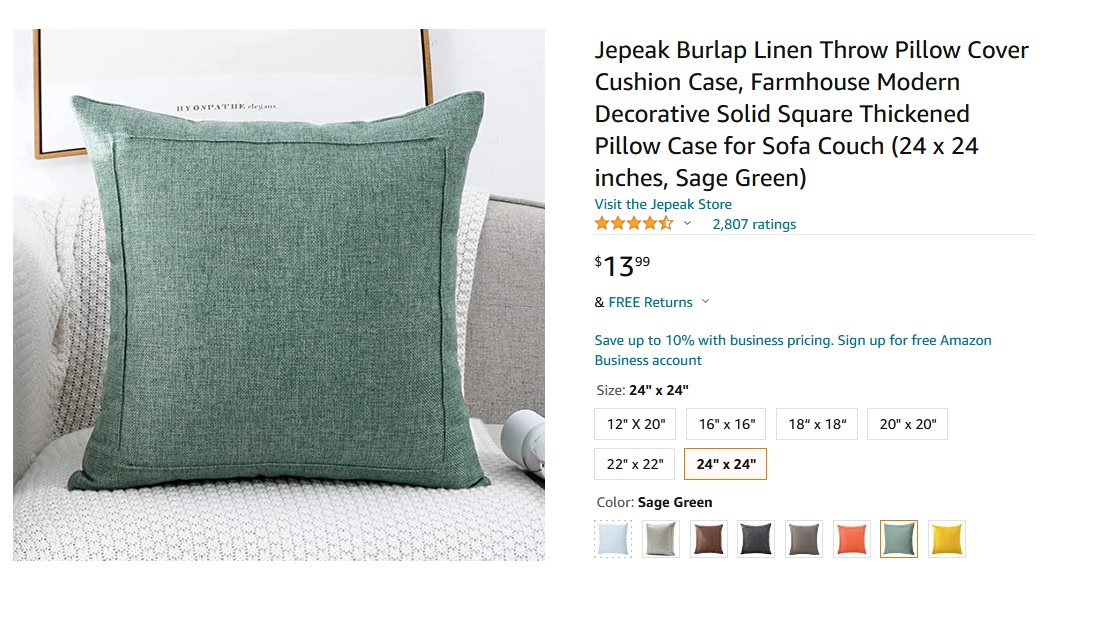
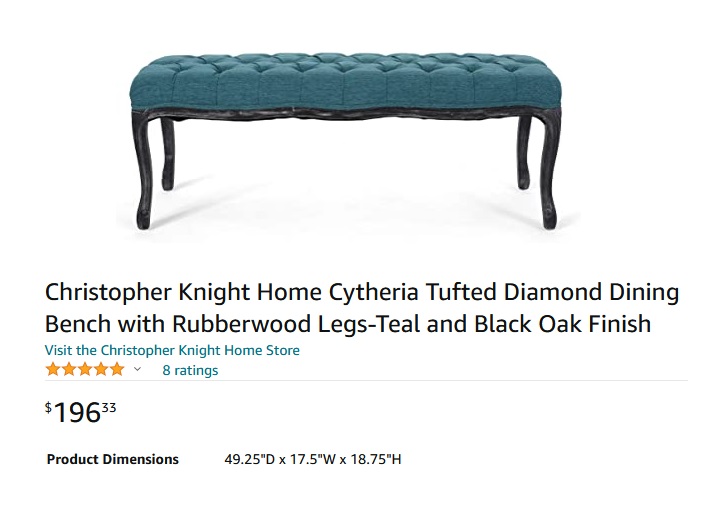
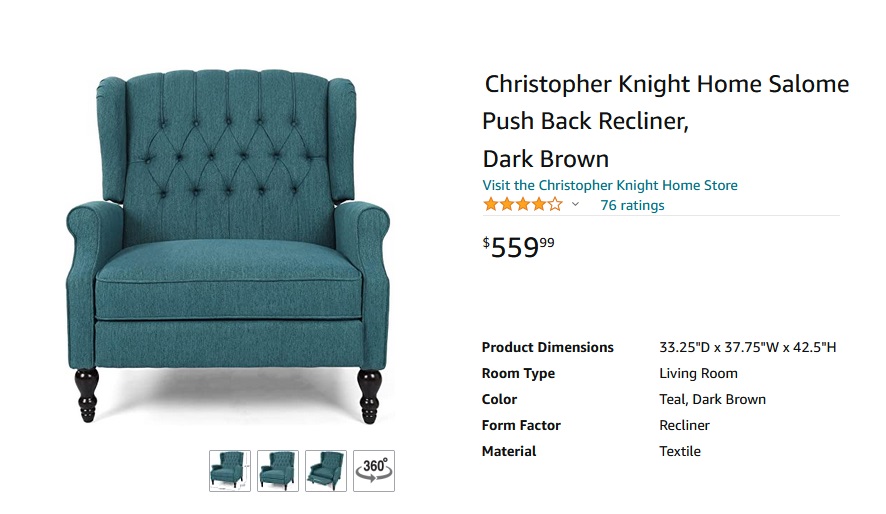
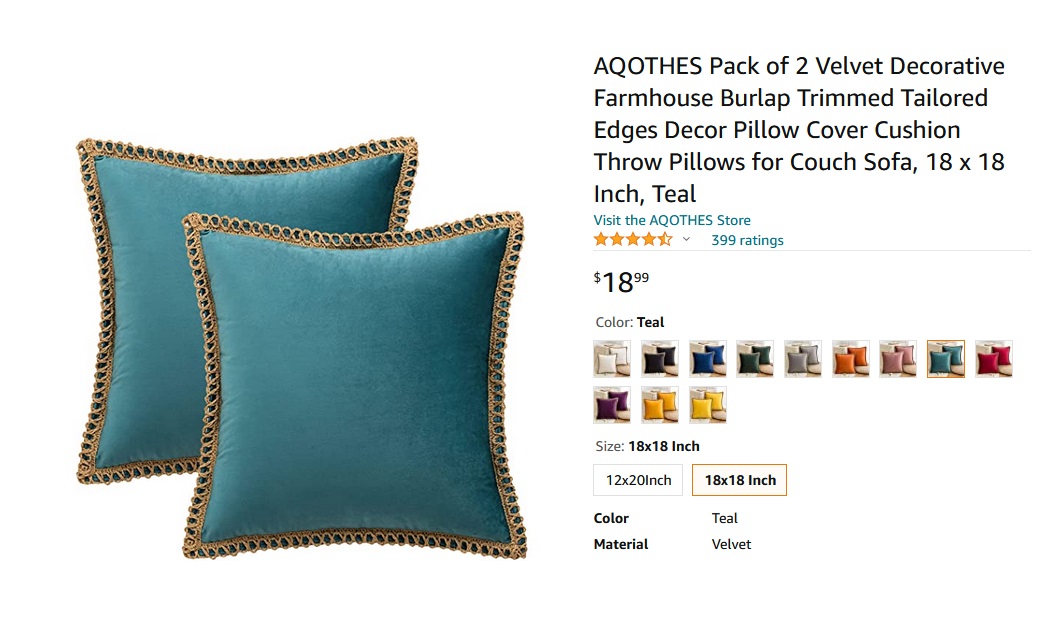
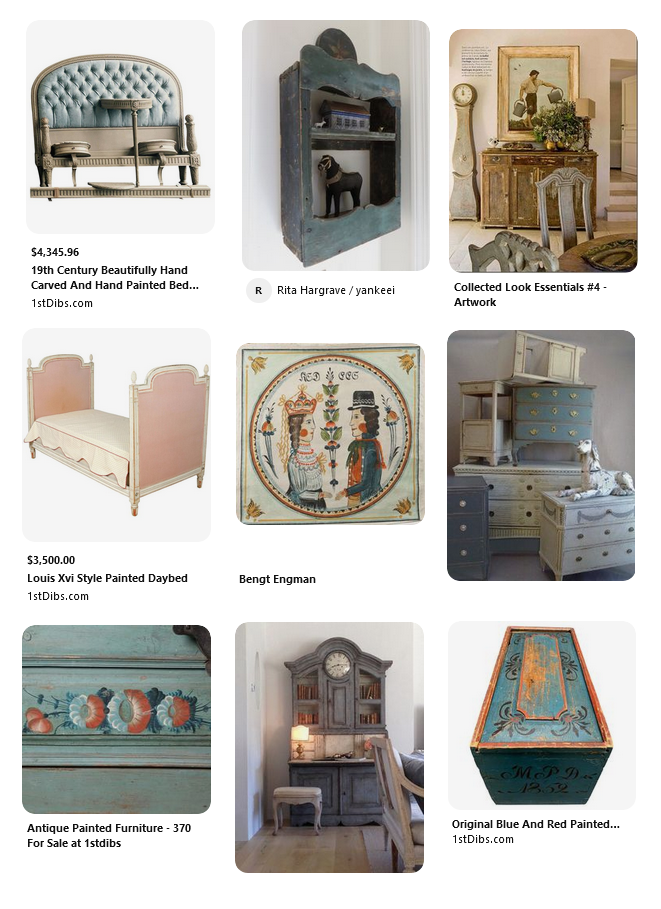 Notice the French pink upholstered bed above? It wouldn’t look the same without the gold painted details.
Notice the French pink upholstered bed above? It wouldn’t look the same without the gold painted details. 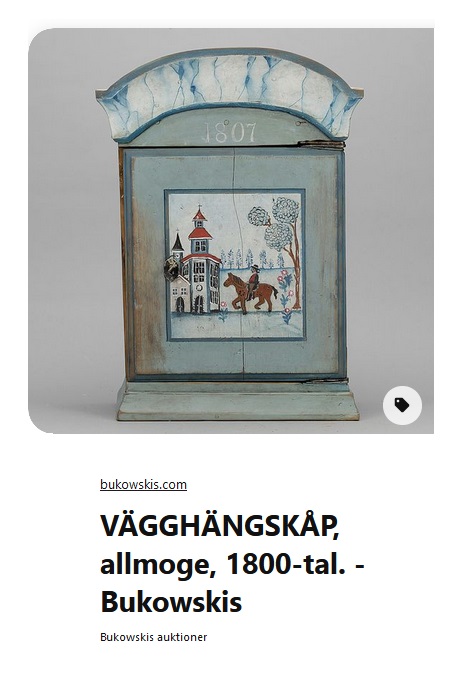
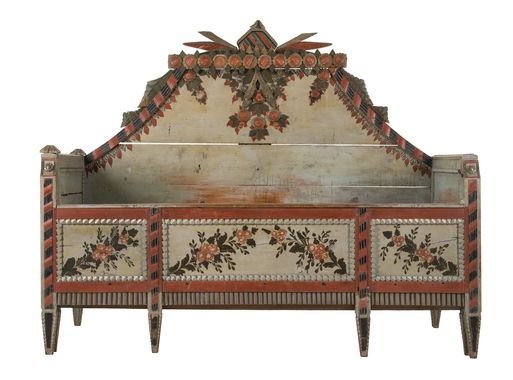 What a grand daybed – seen at digitaltmuseum.se
What a grand daybed – seen at digitaltmuseum.se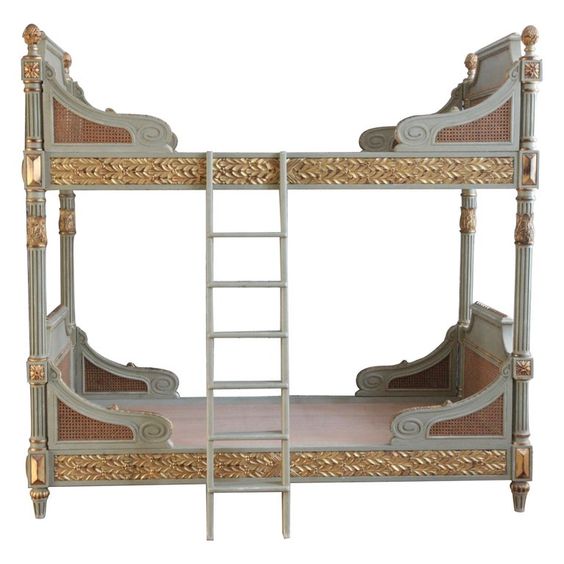
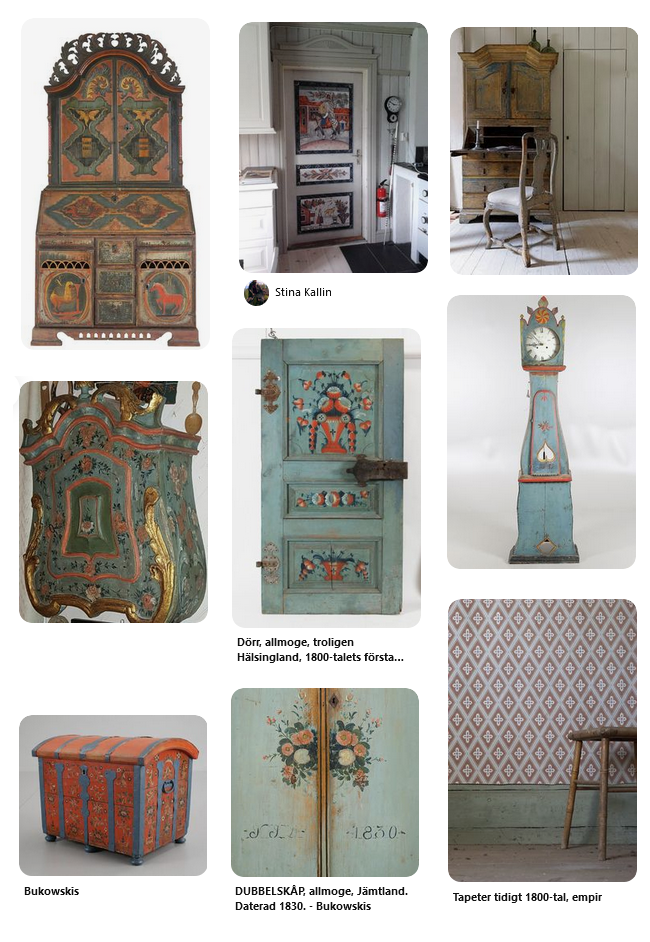
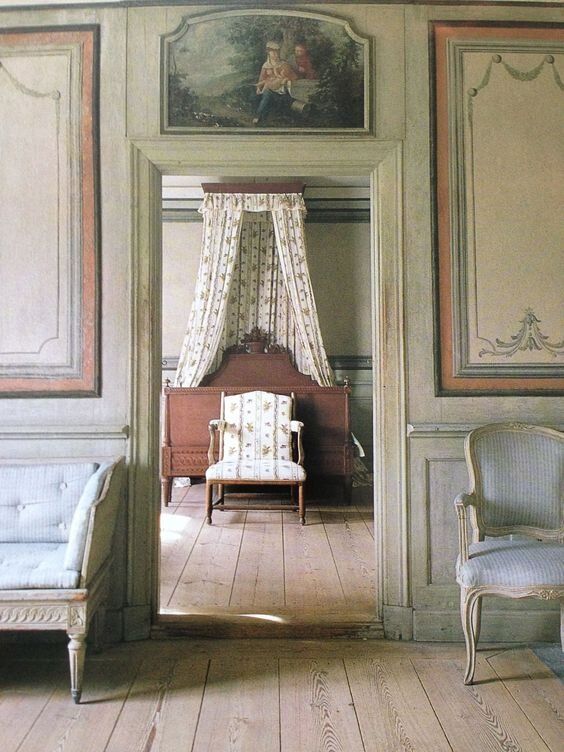
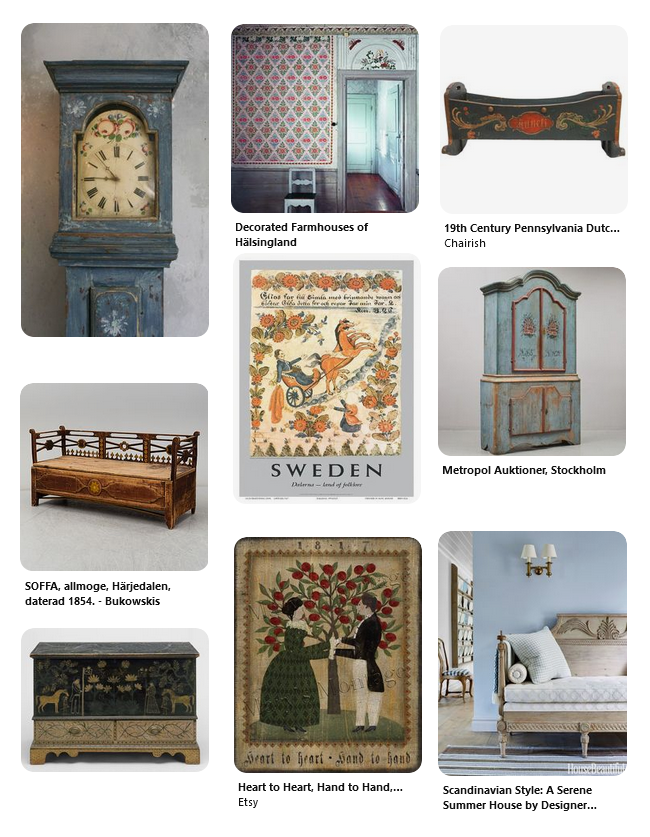
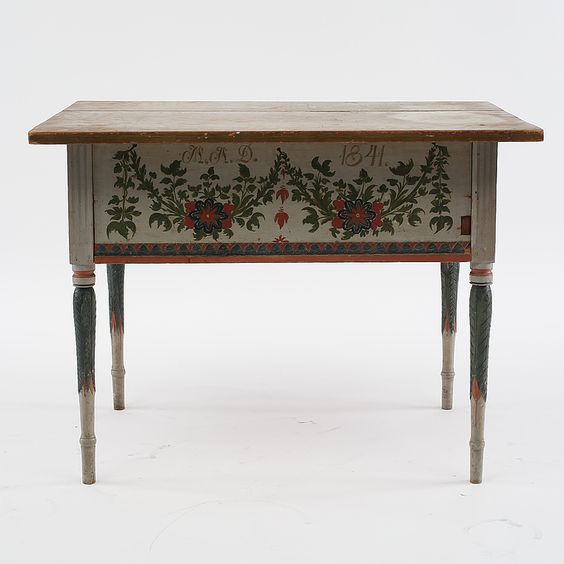
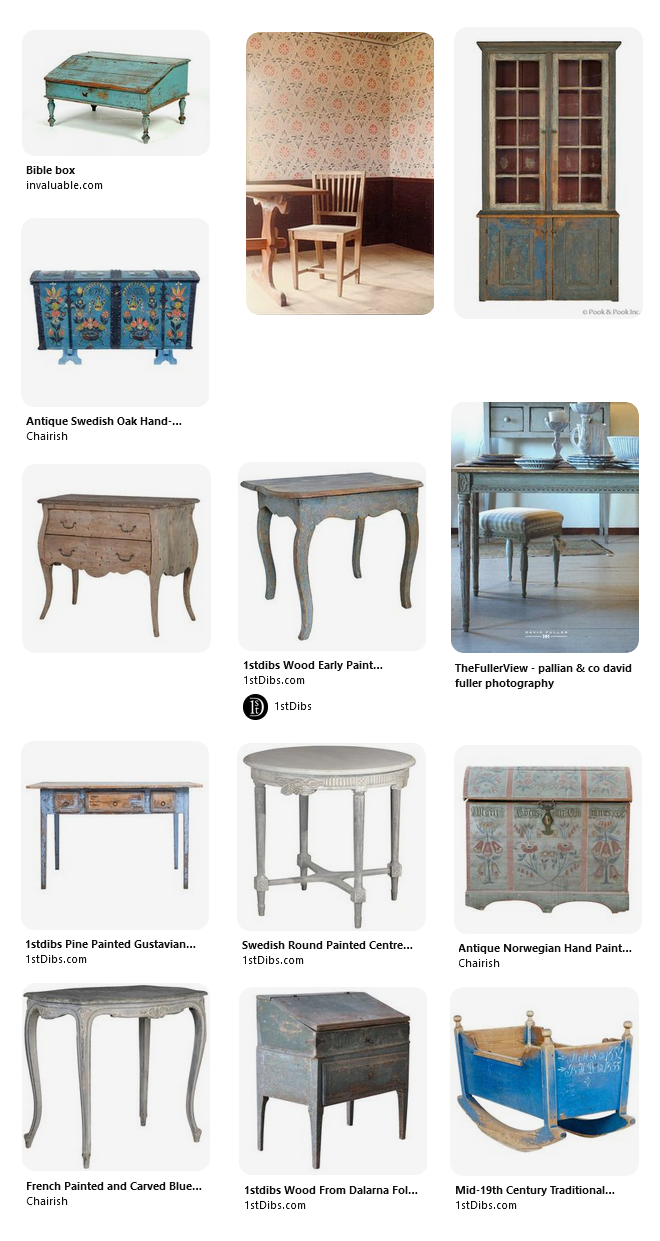
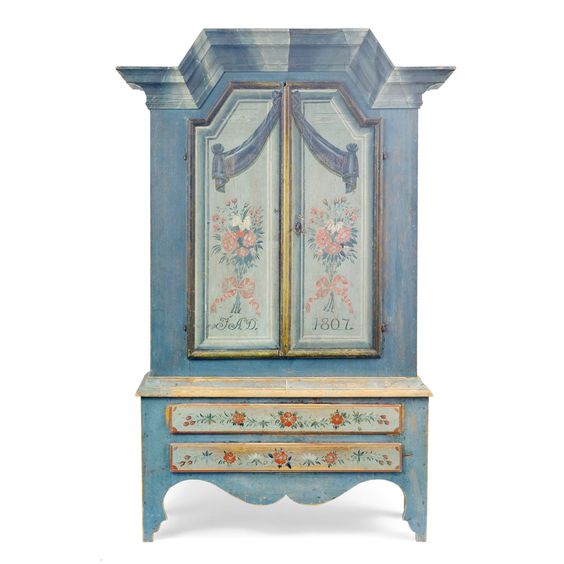
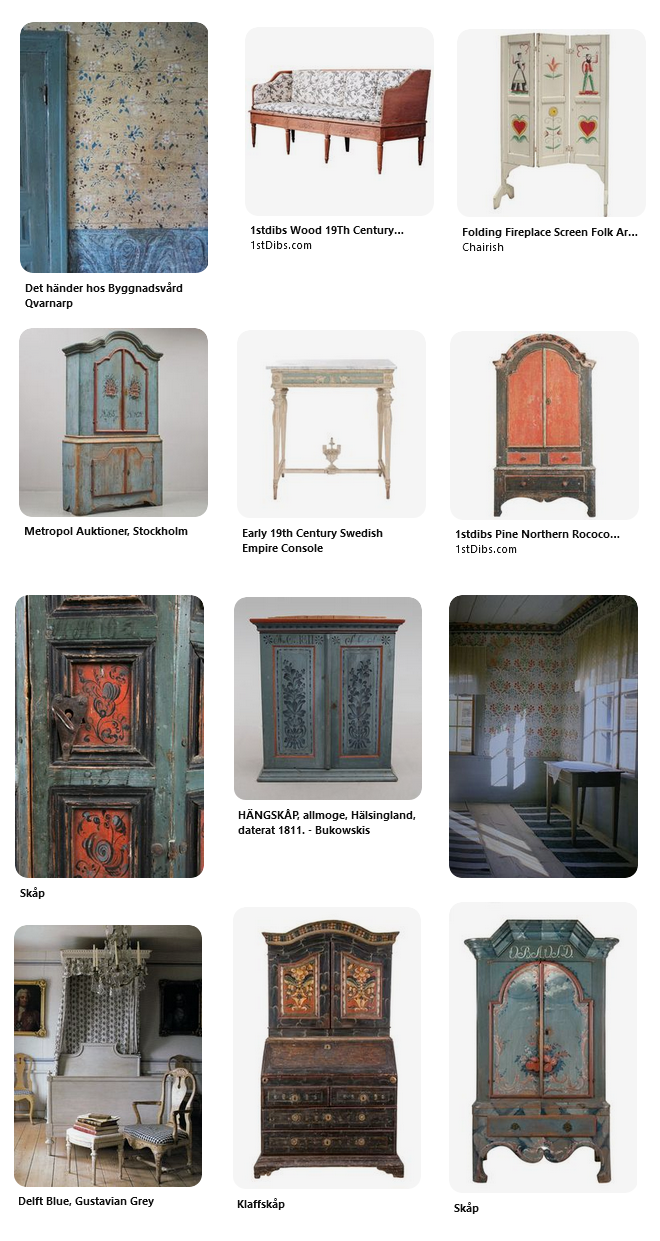 What colors do you like the best? If you were to invest in one piece today, what would it be?
What colors do you like the best? If you were to invest in one piece today, what would it be?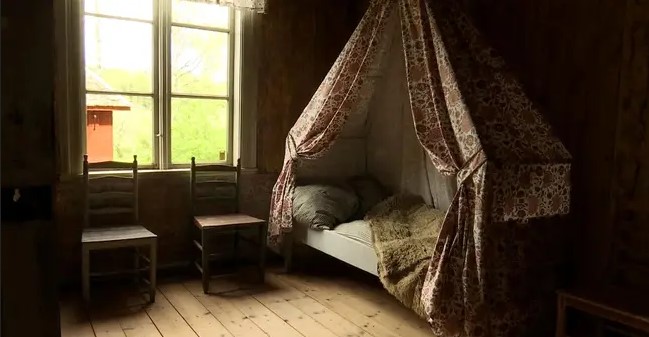
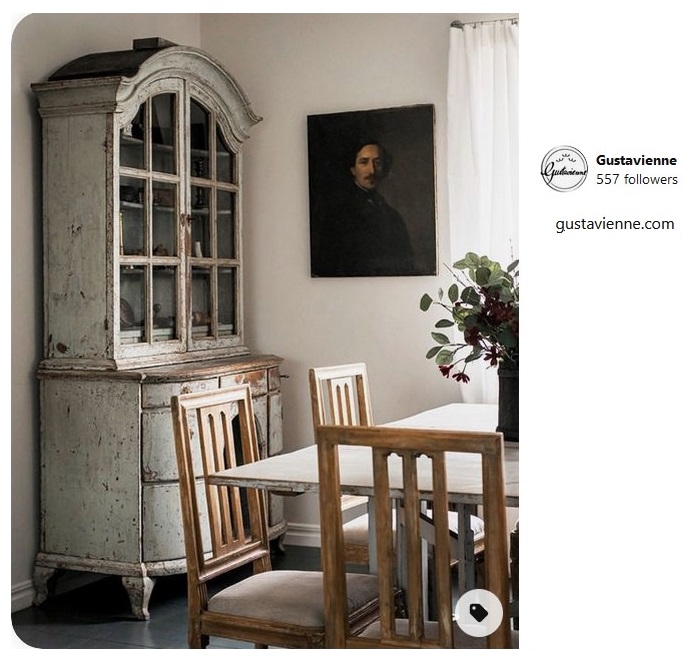 gustavienne.com
gustavienne.com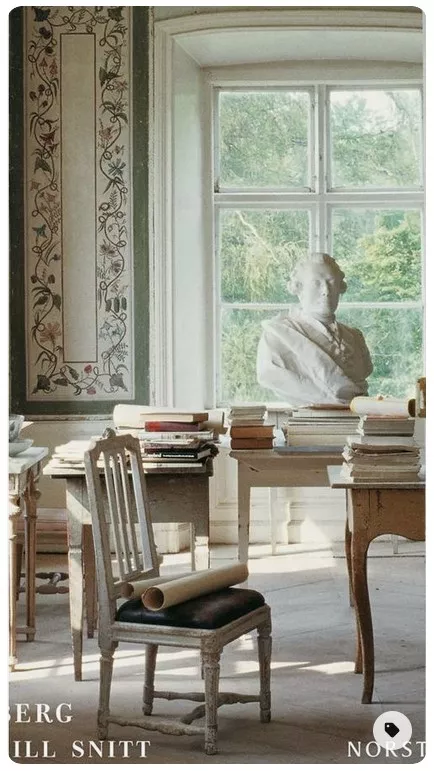
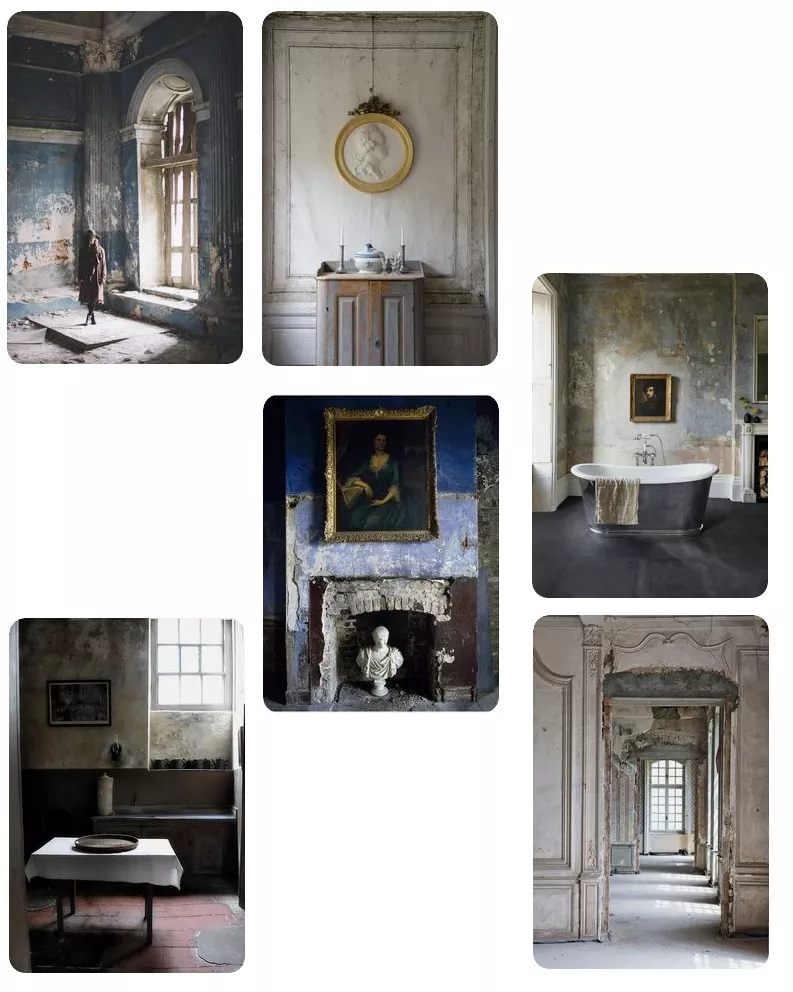 1. Use large windows to emphasize natural light
1. Use large windows to emphasize natural light